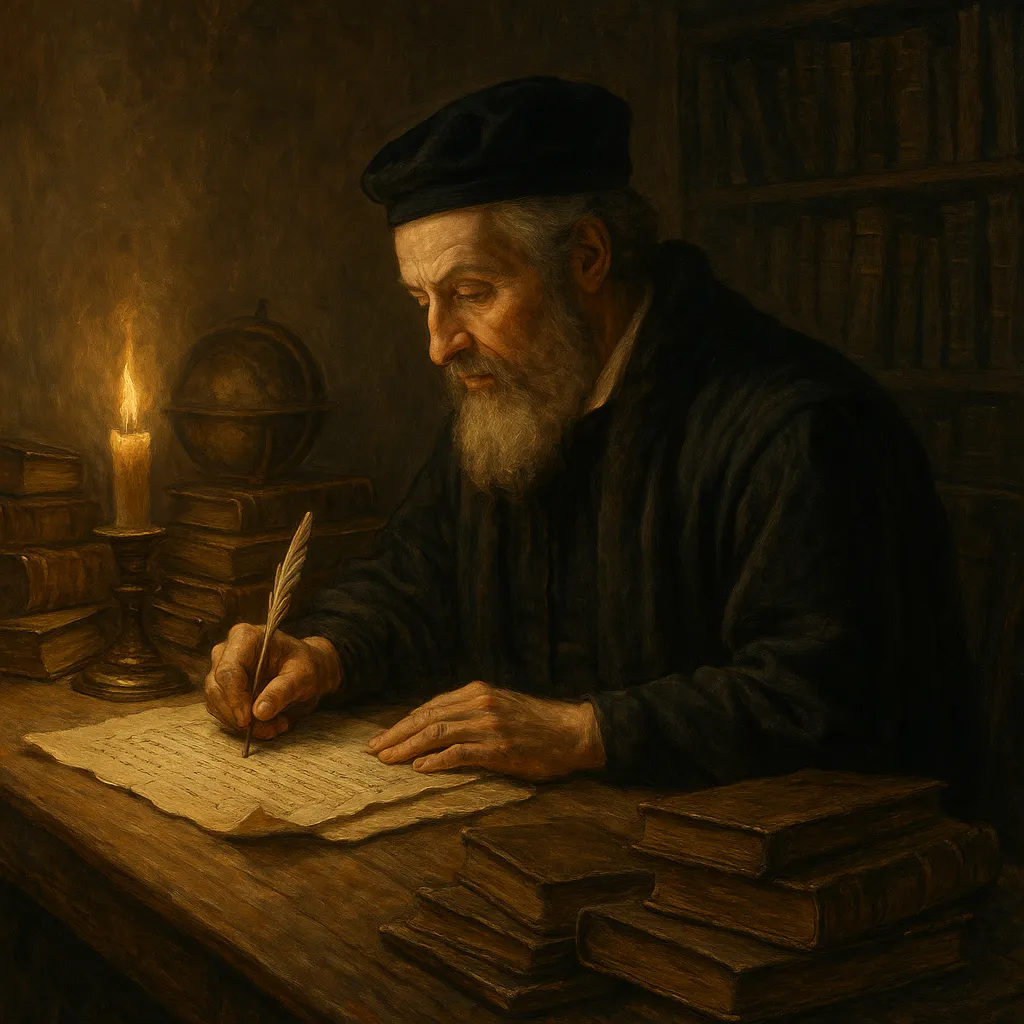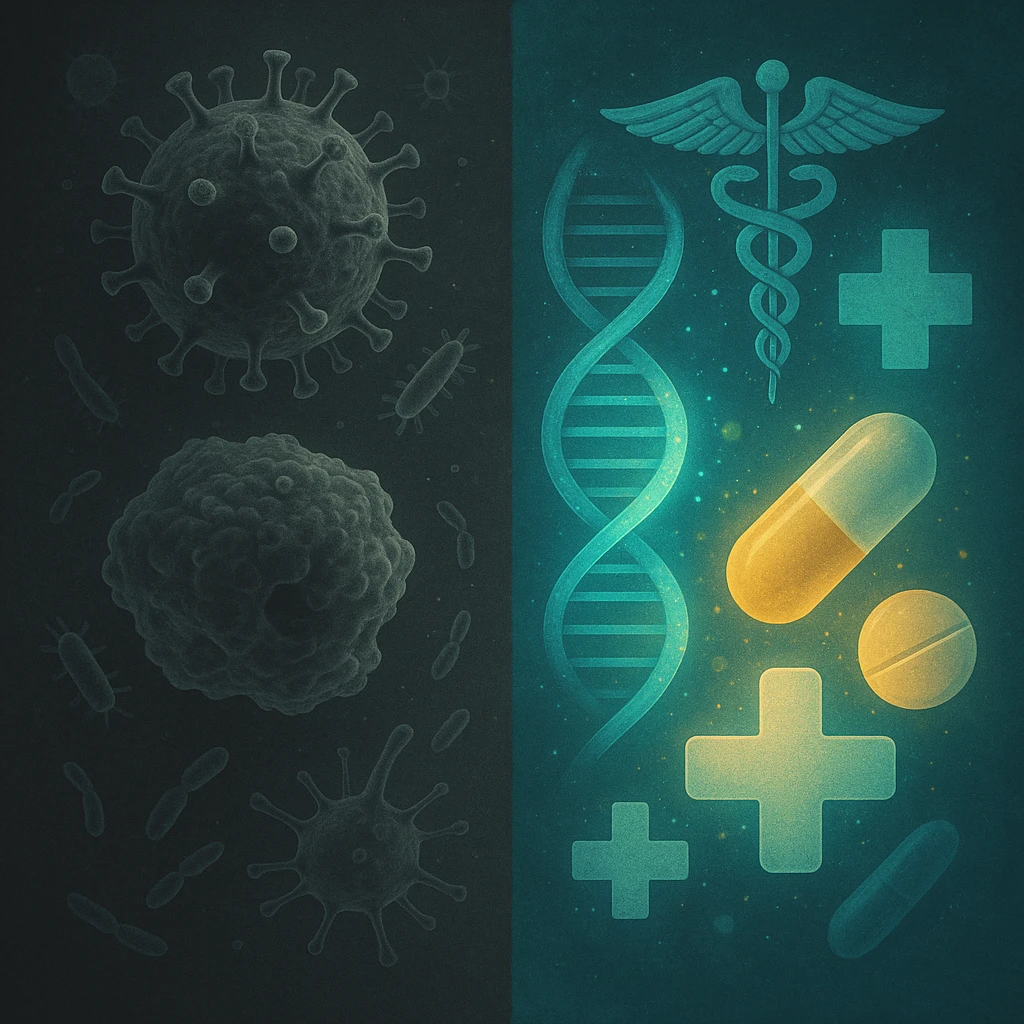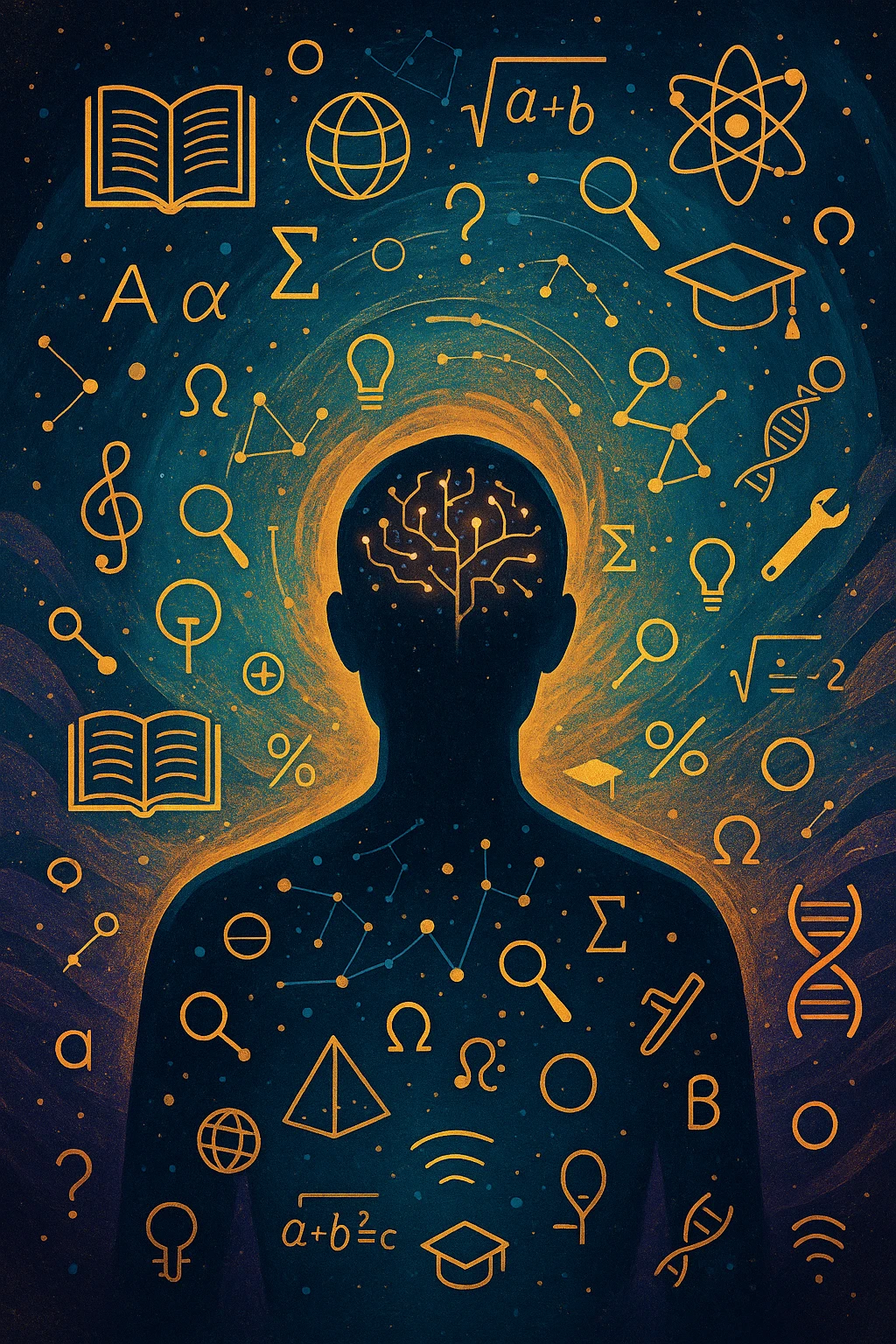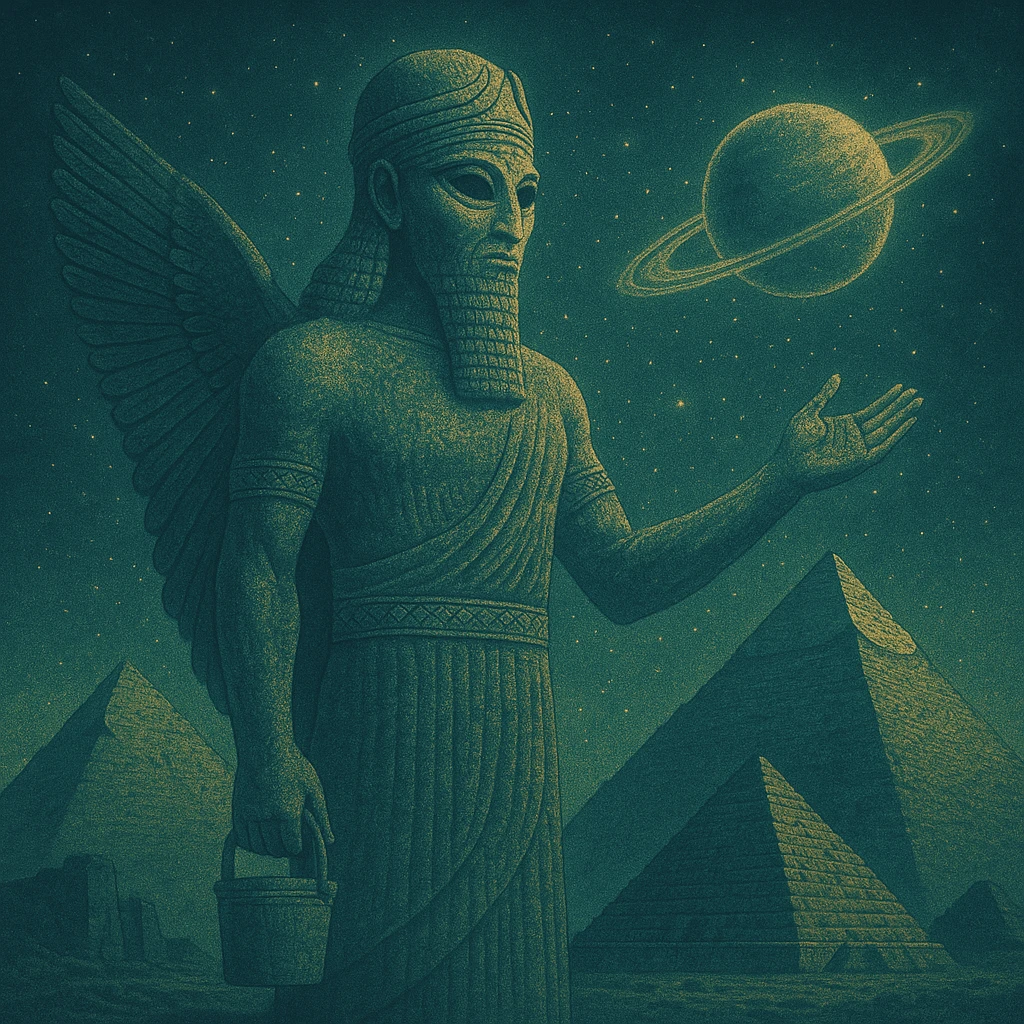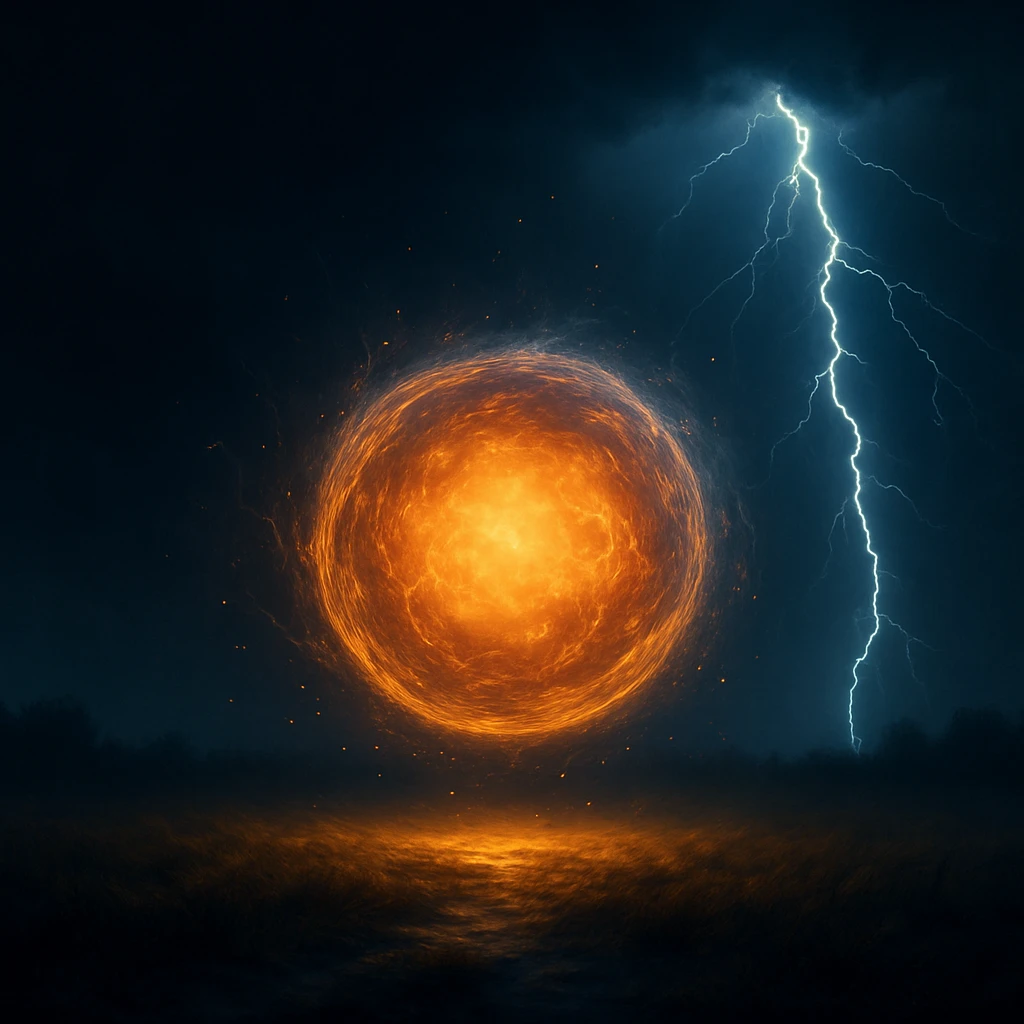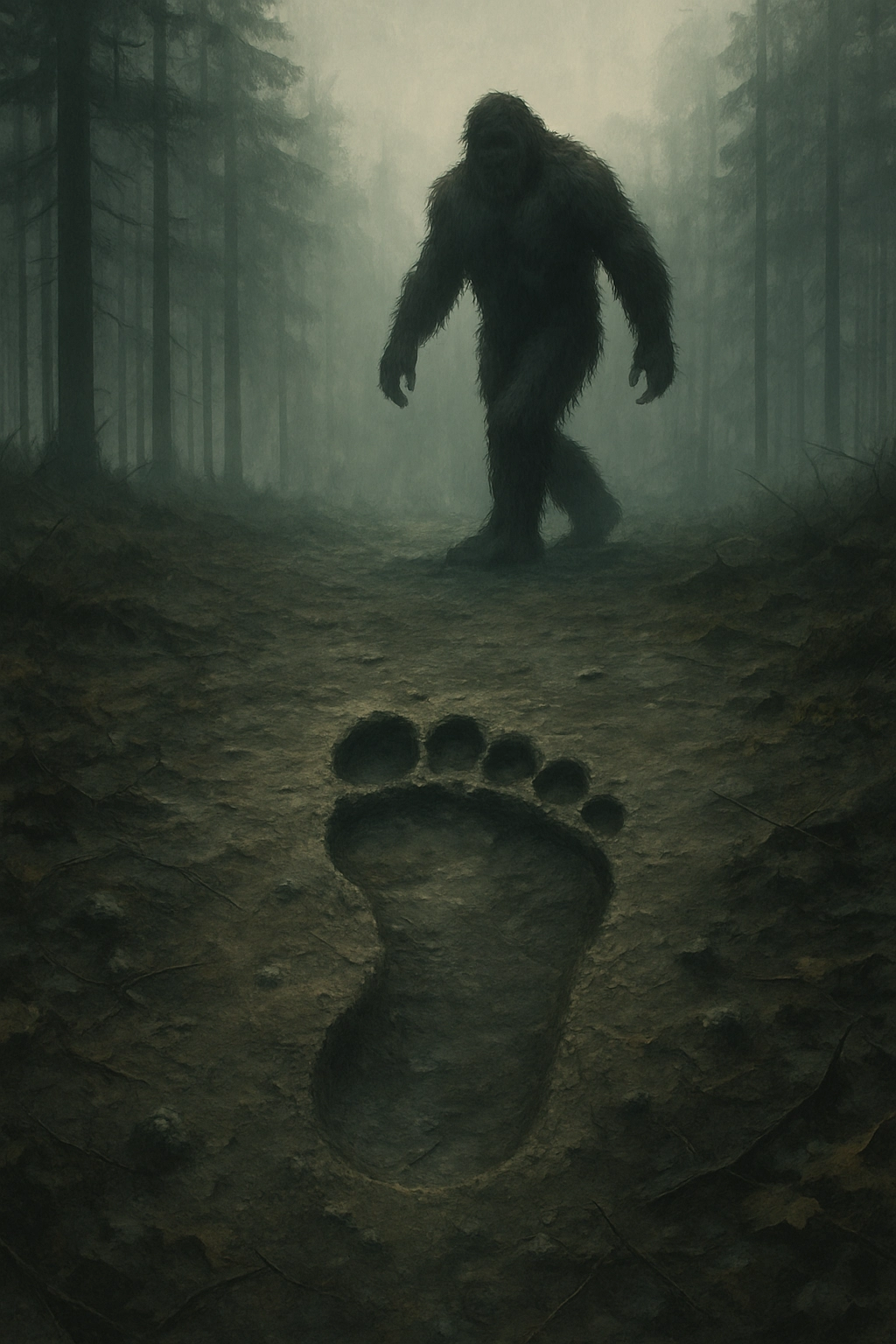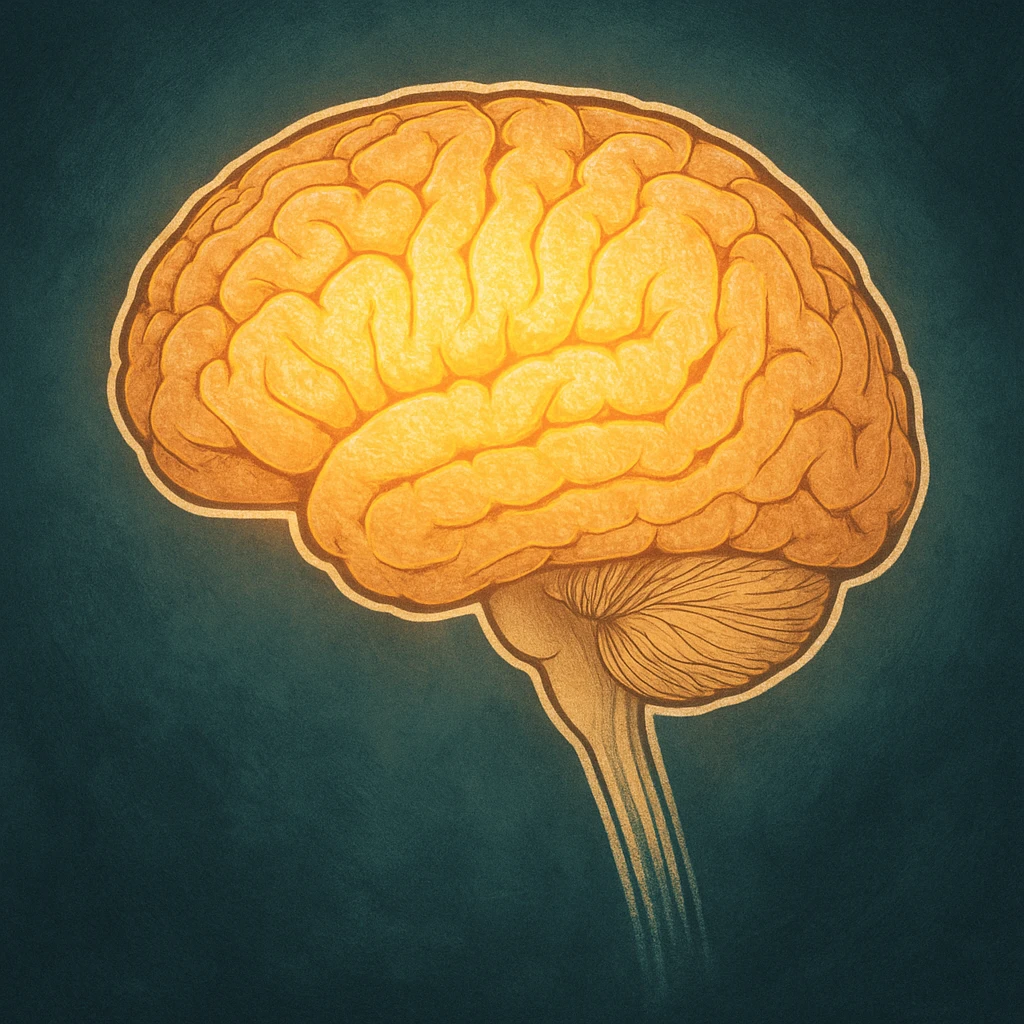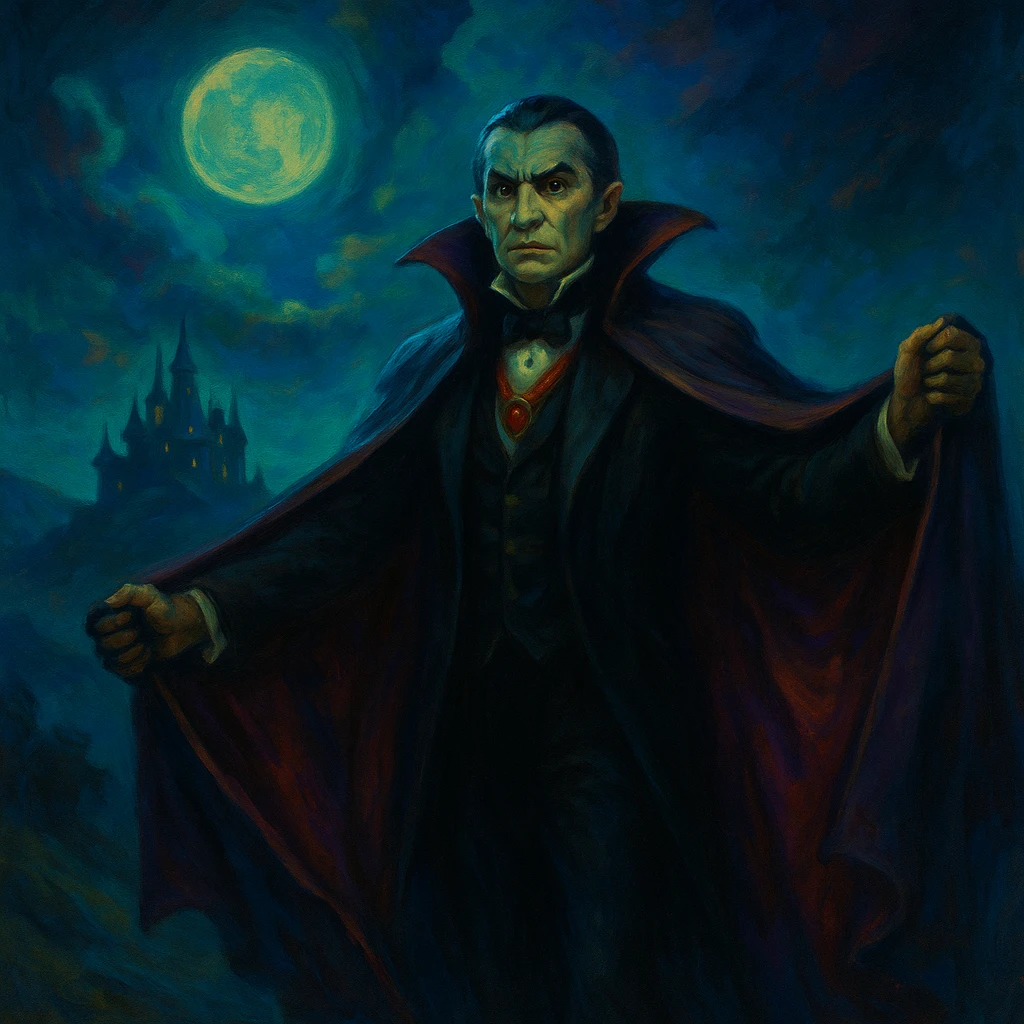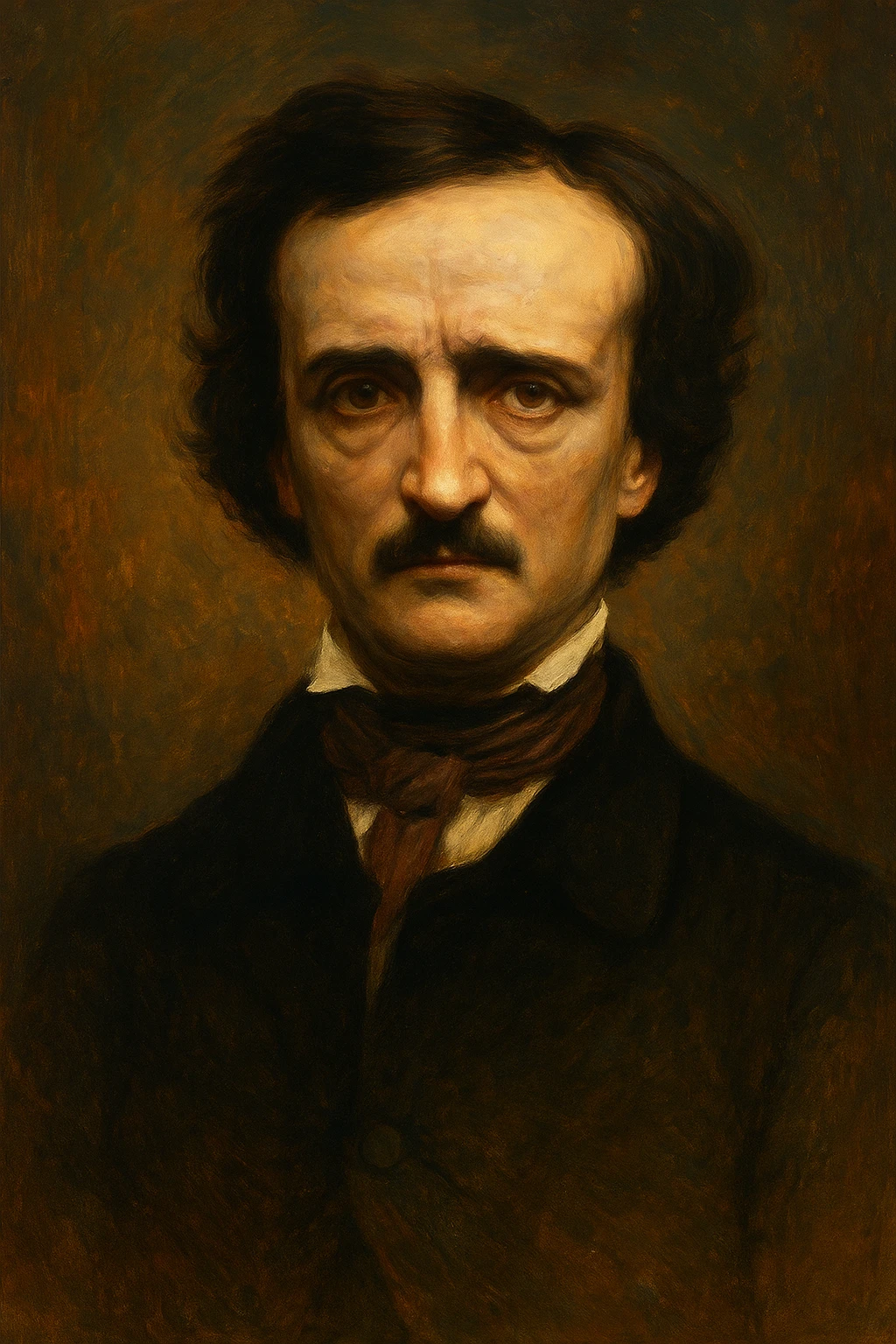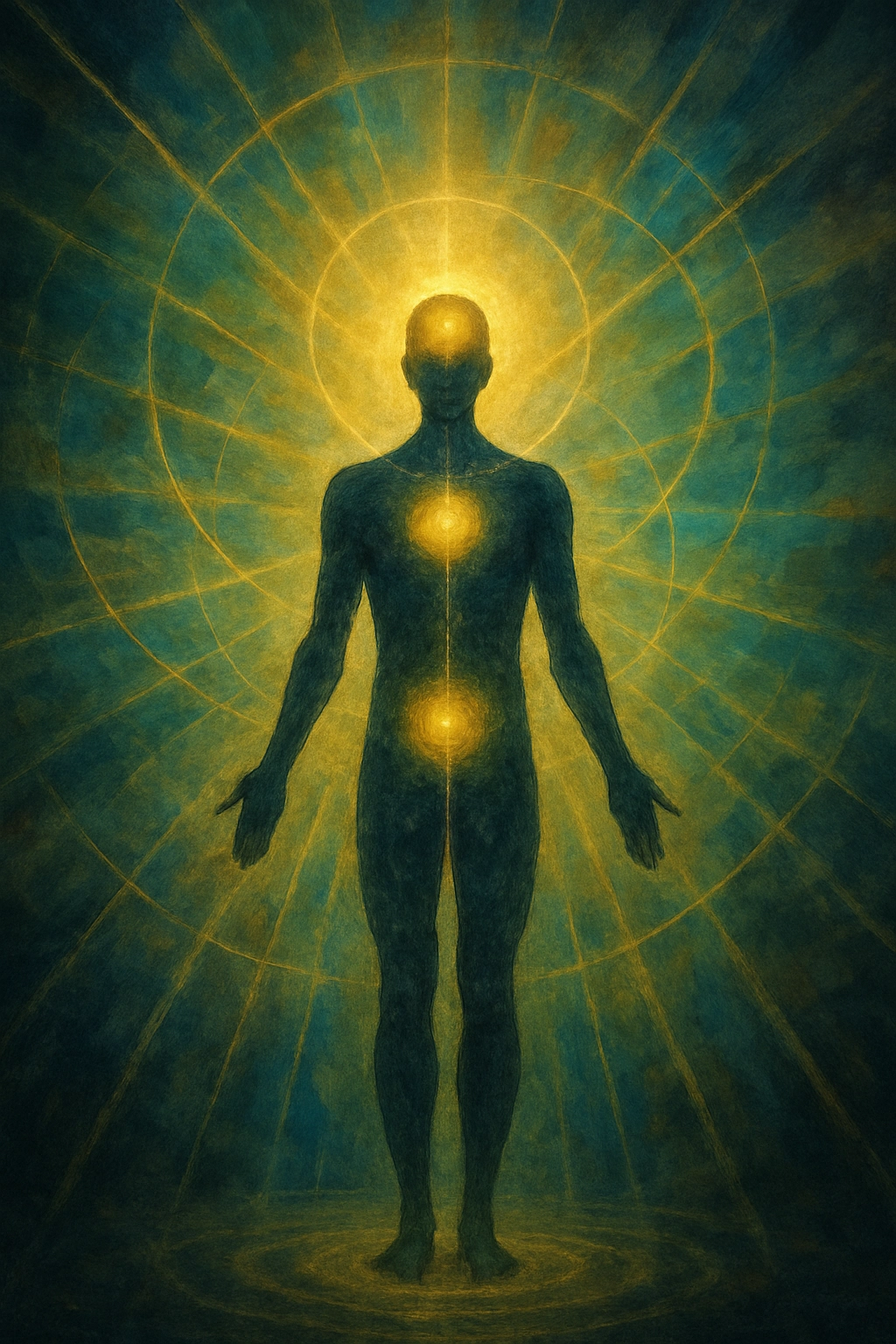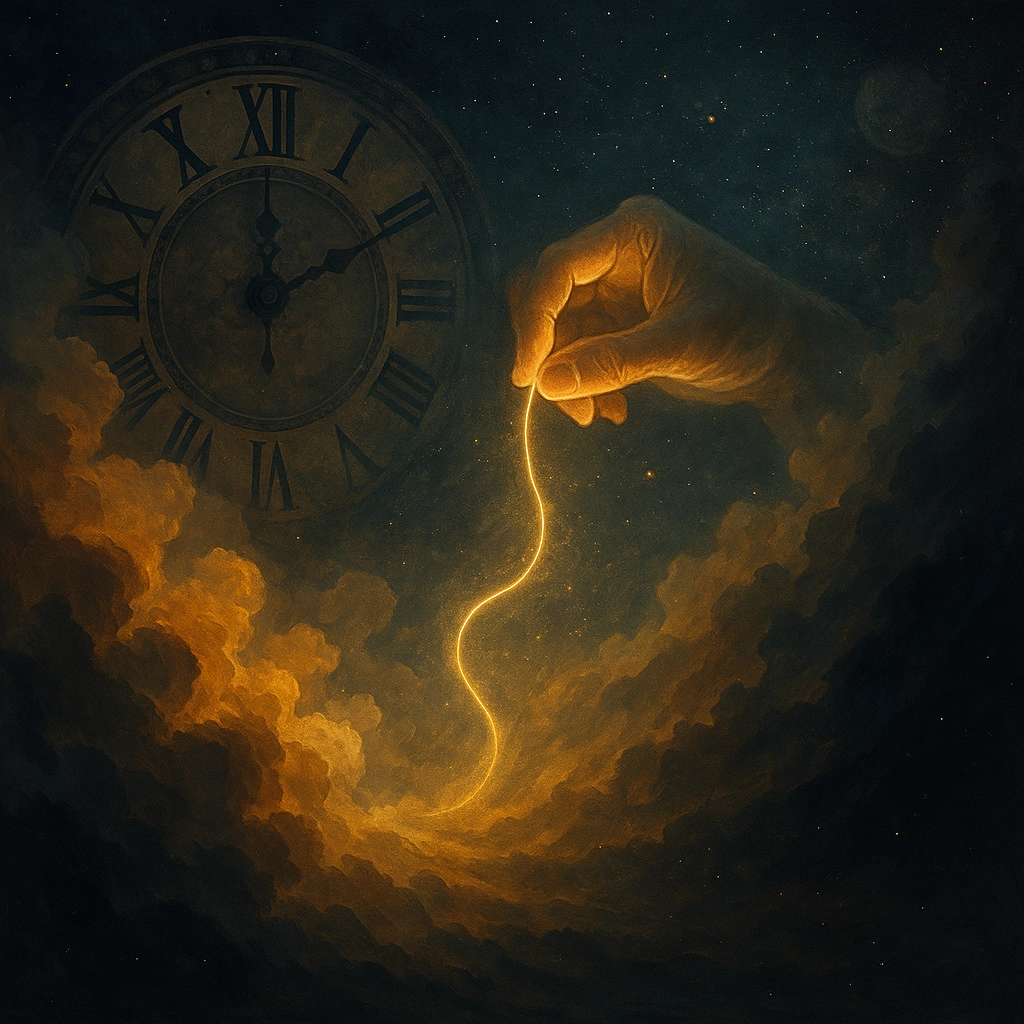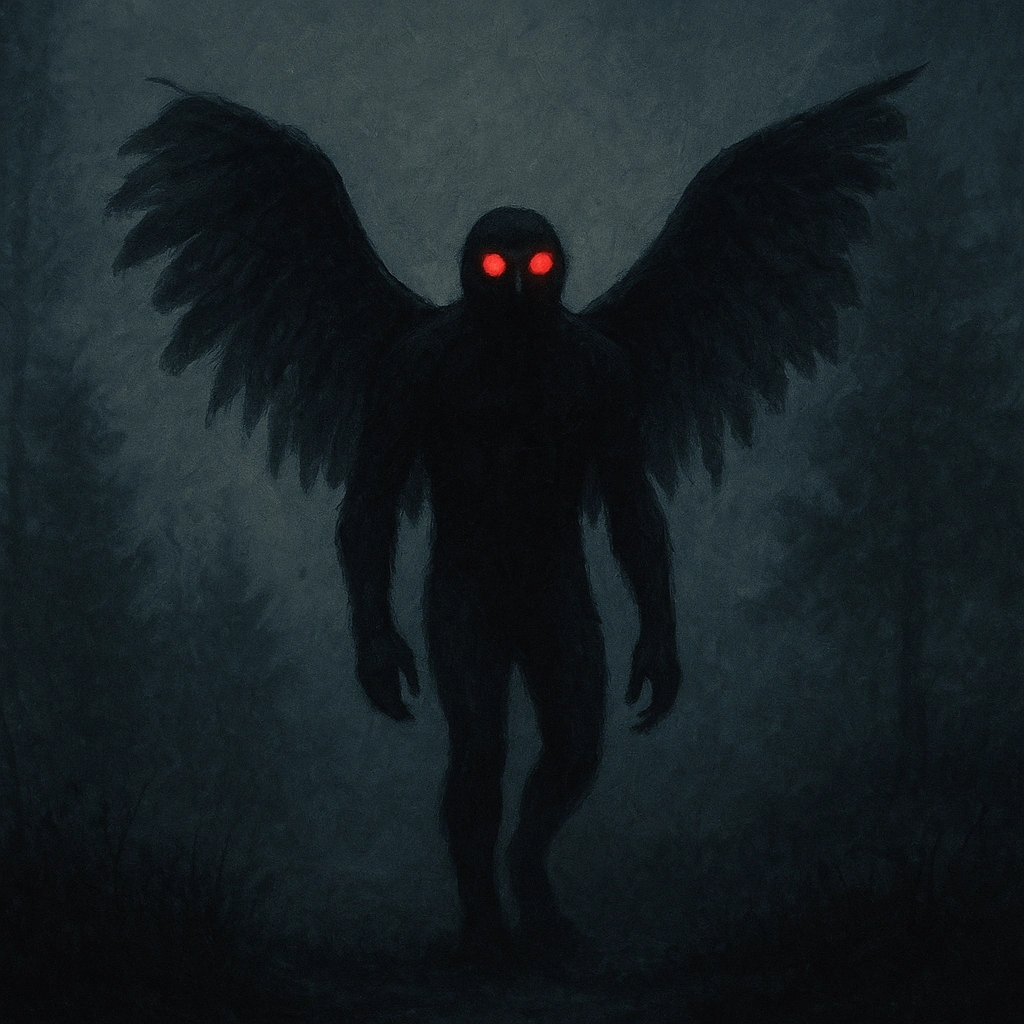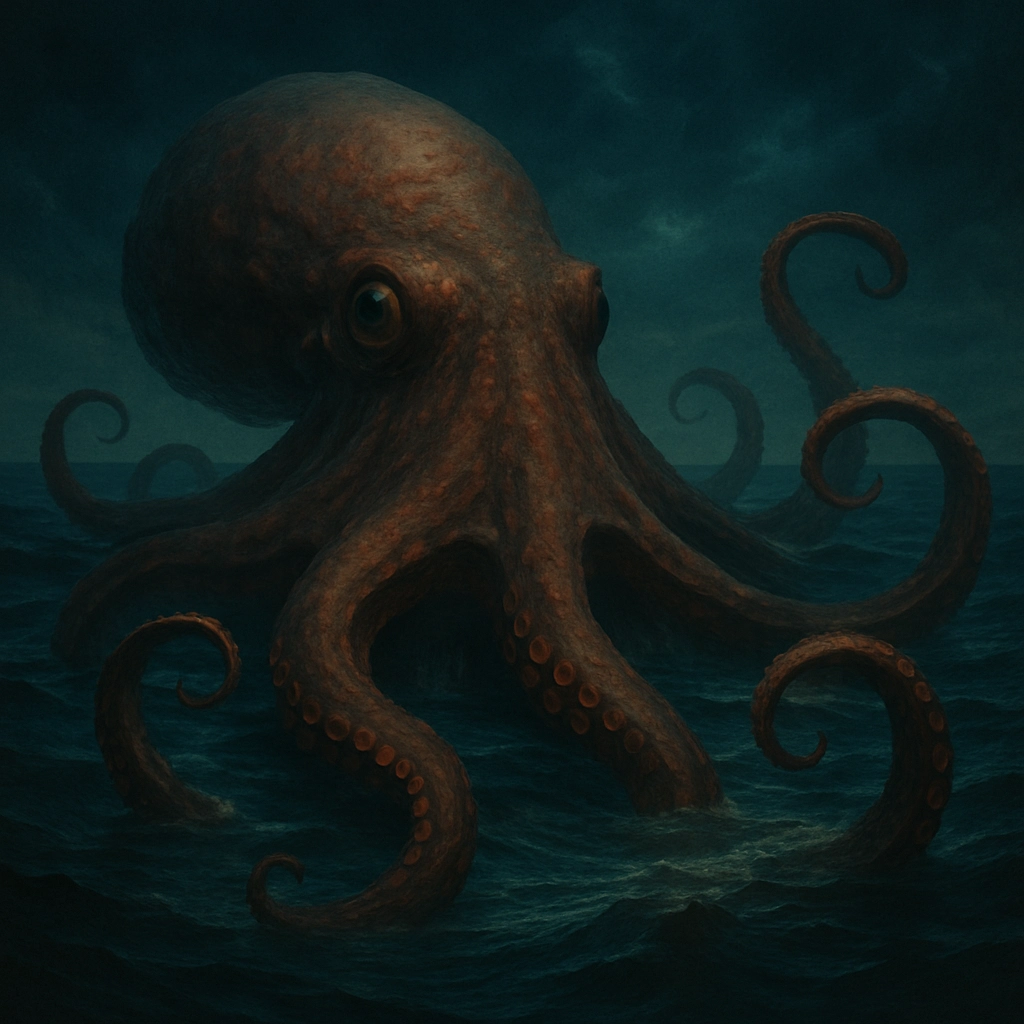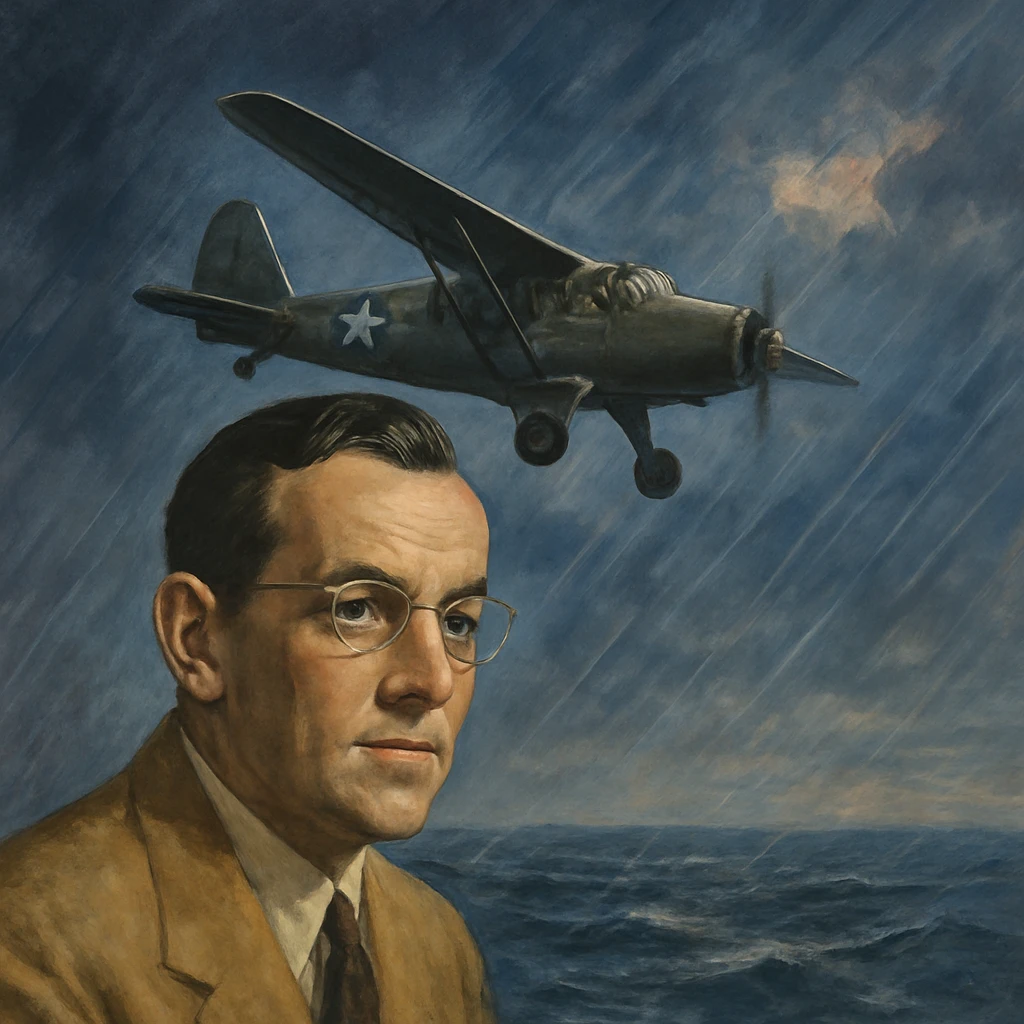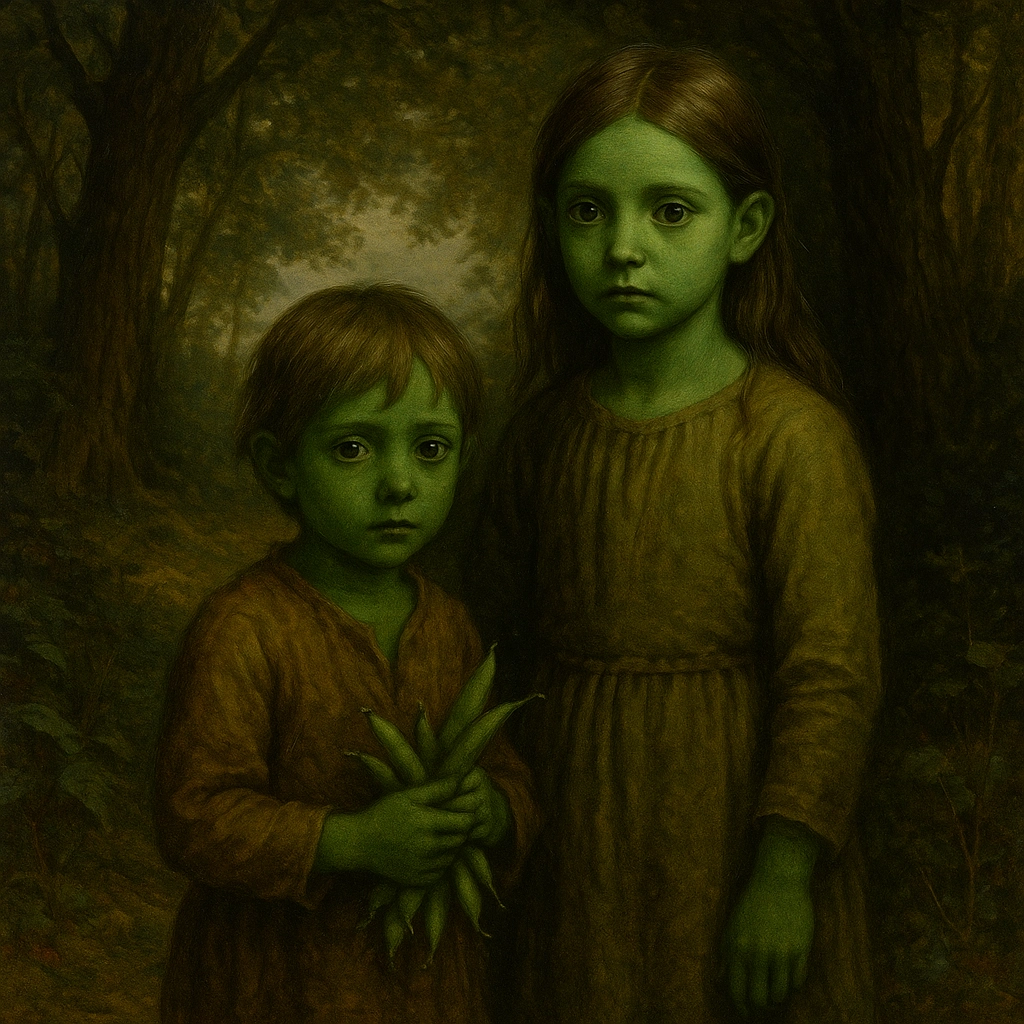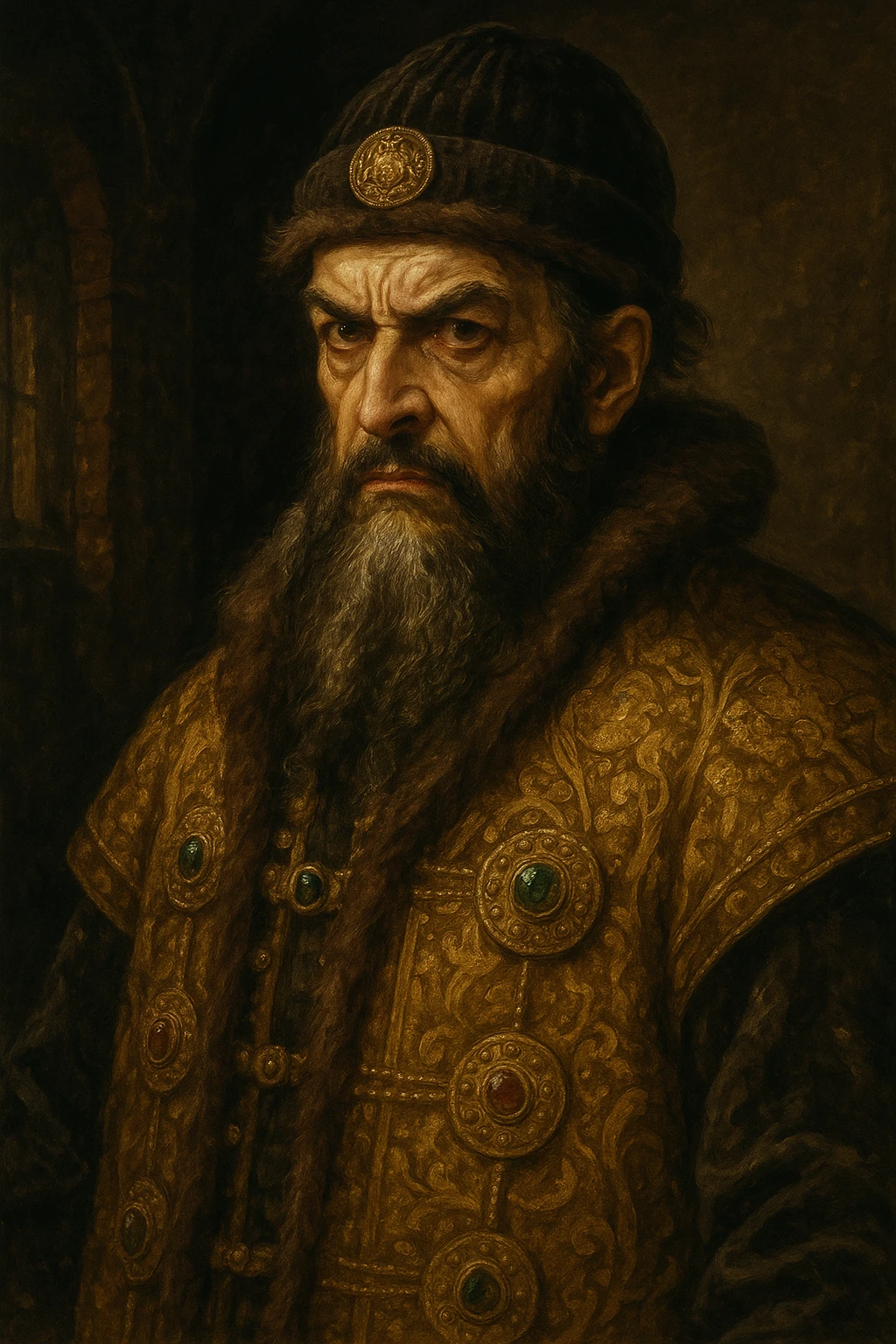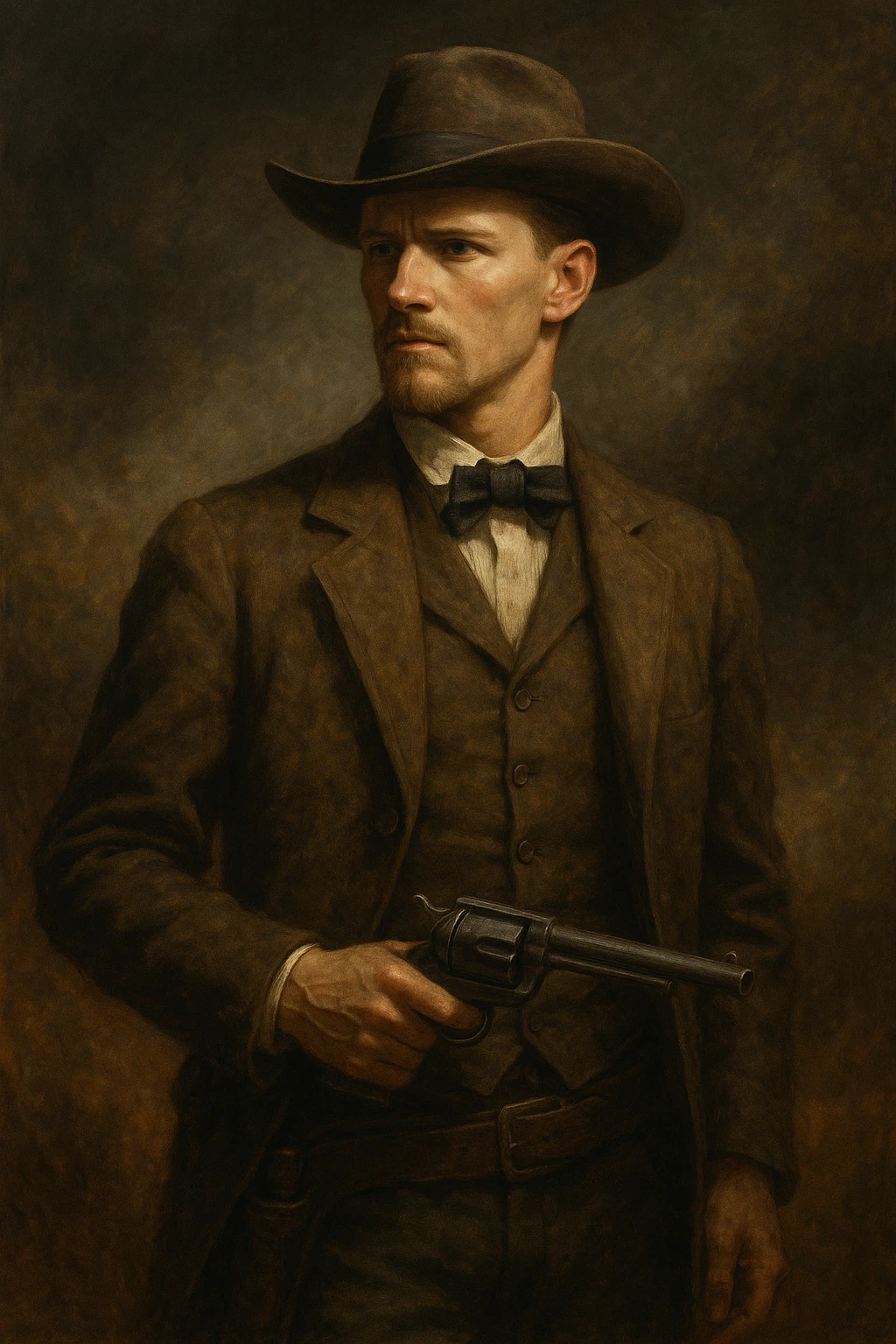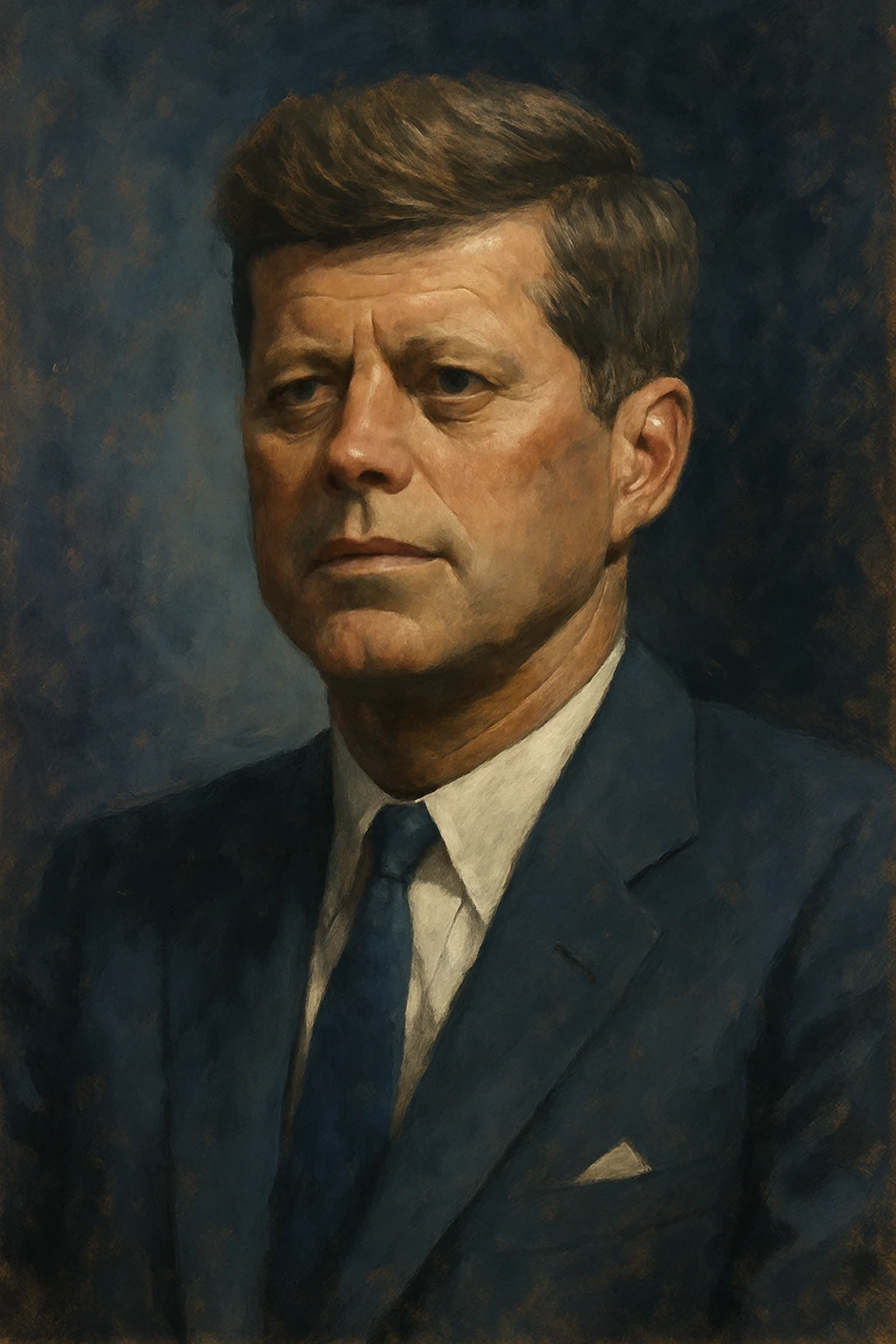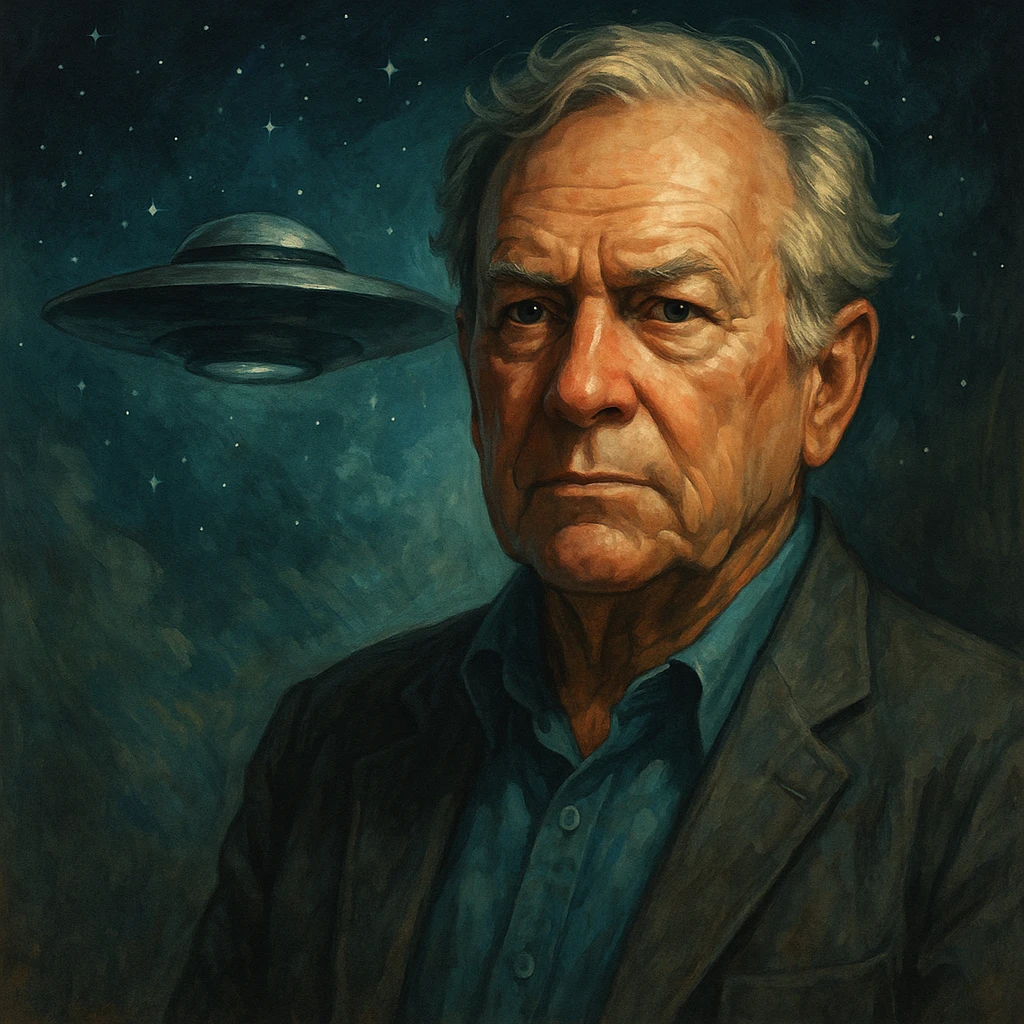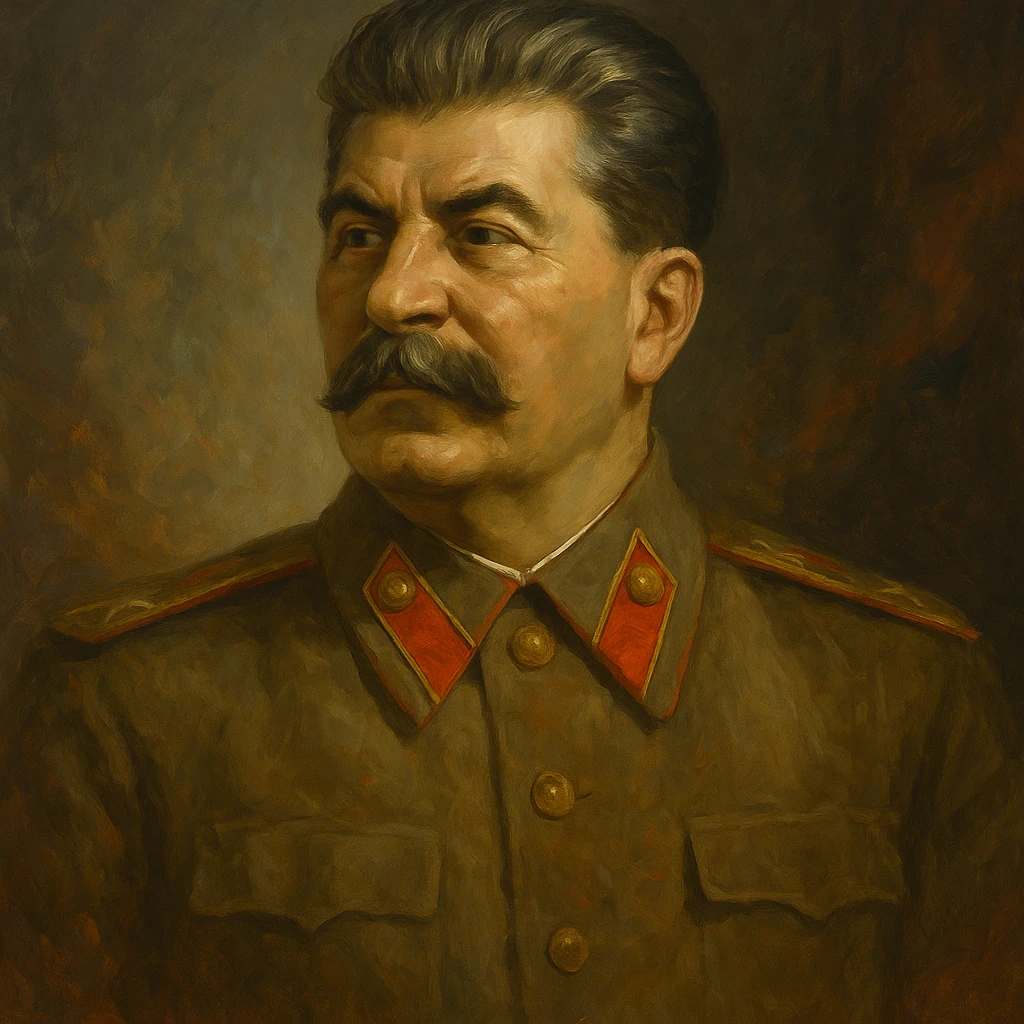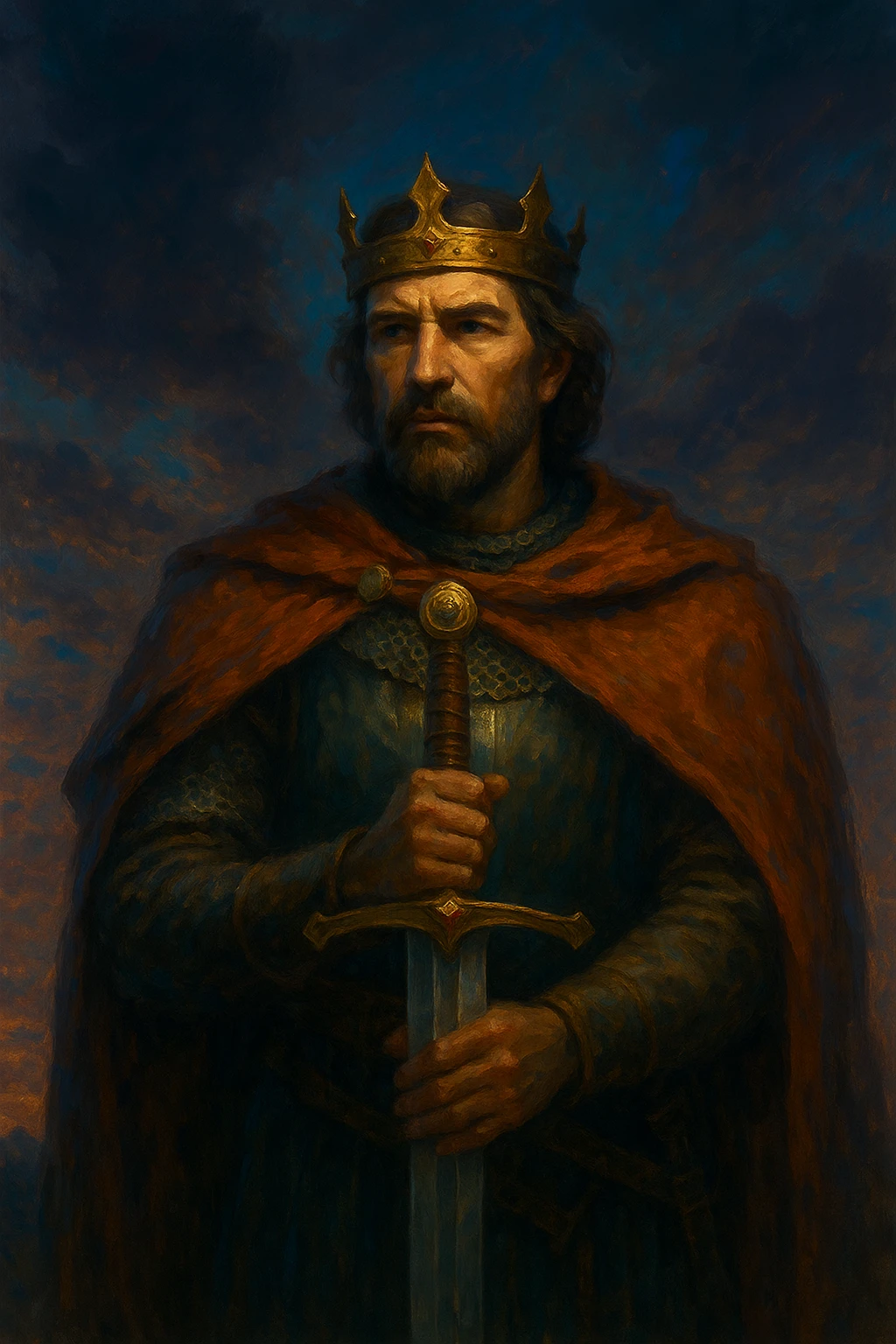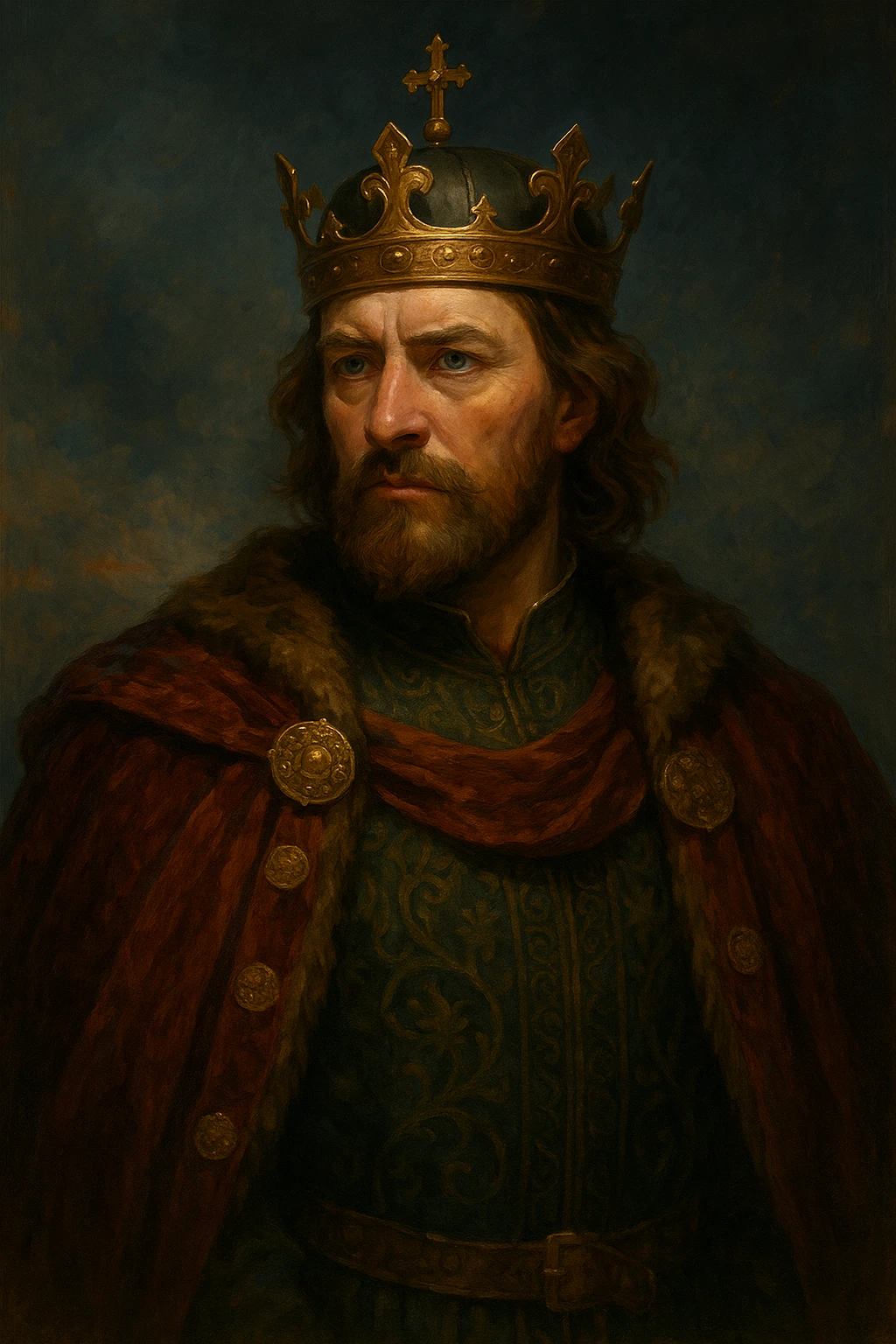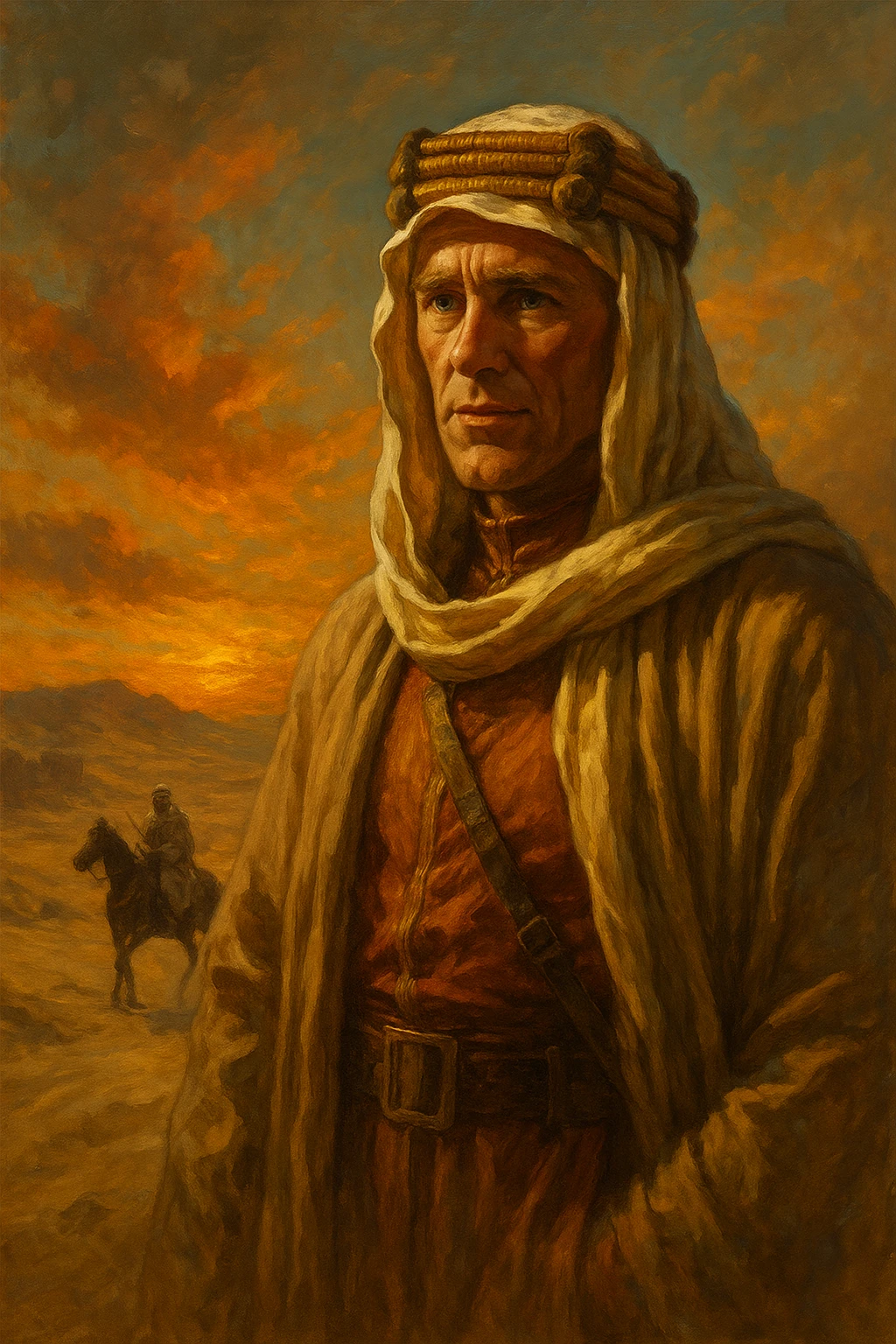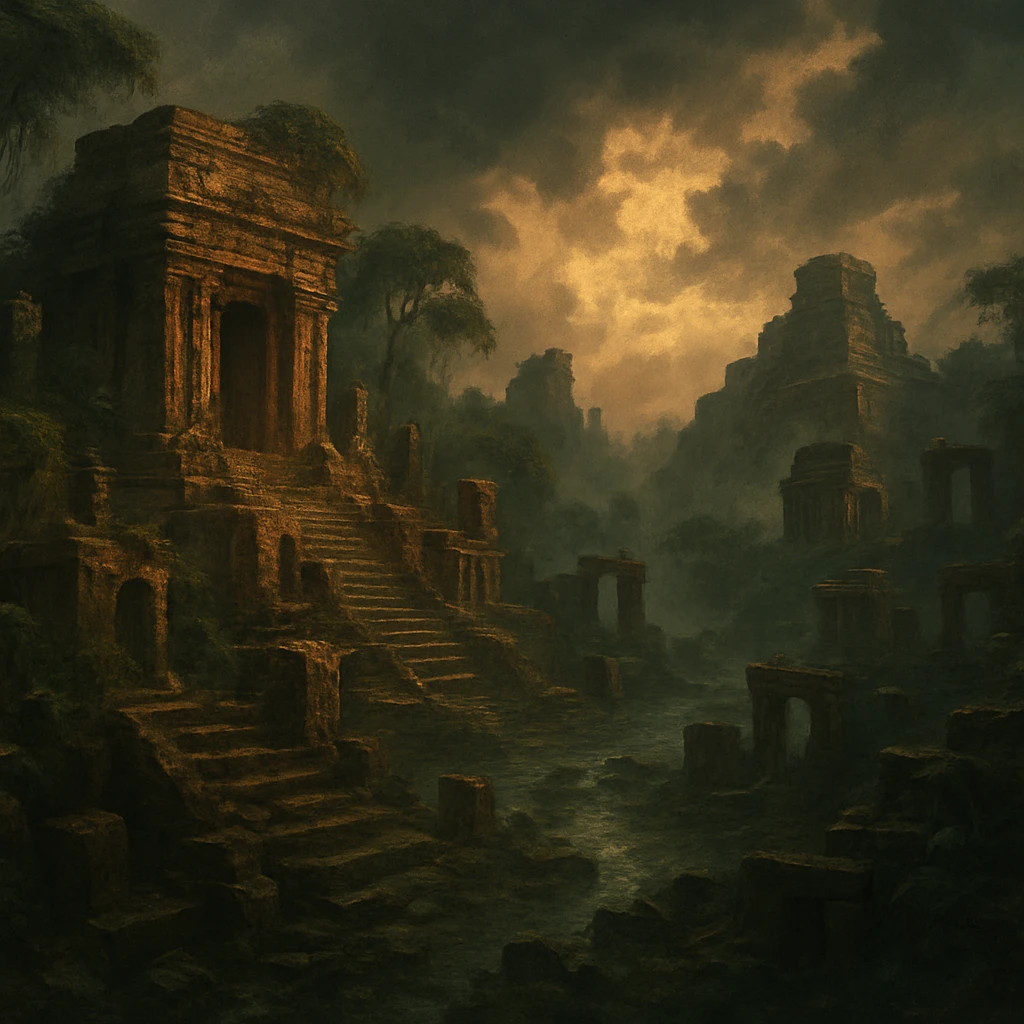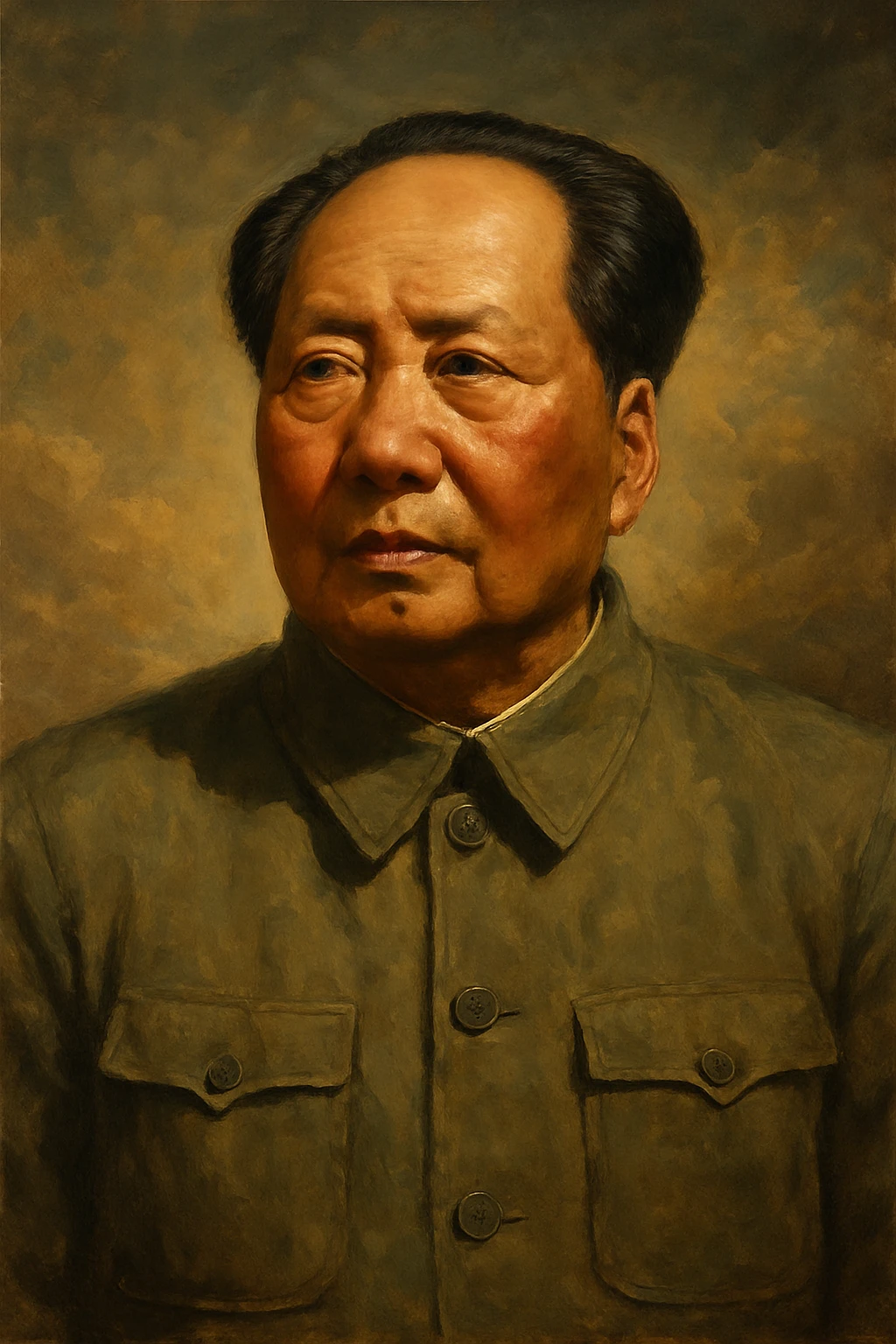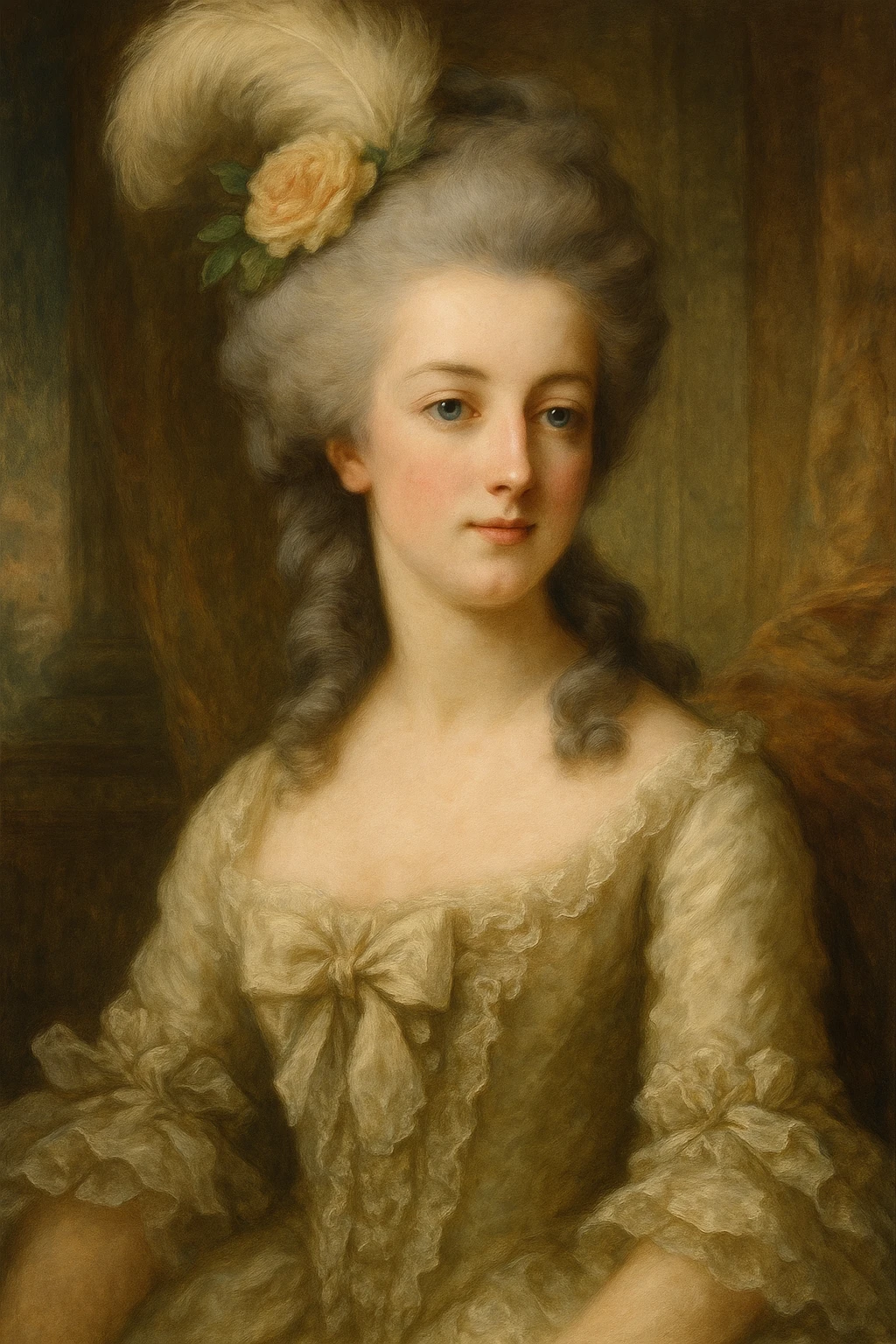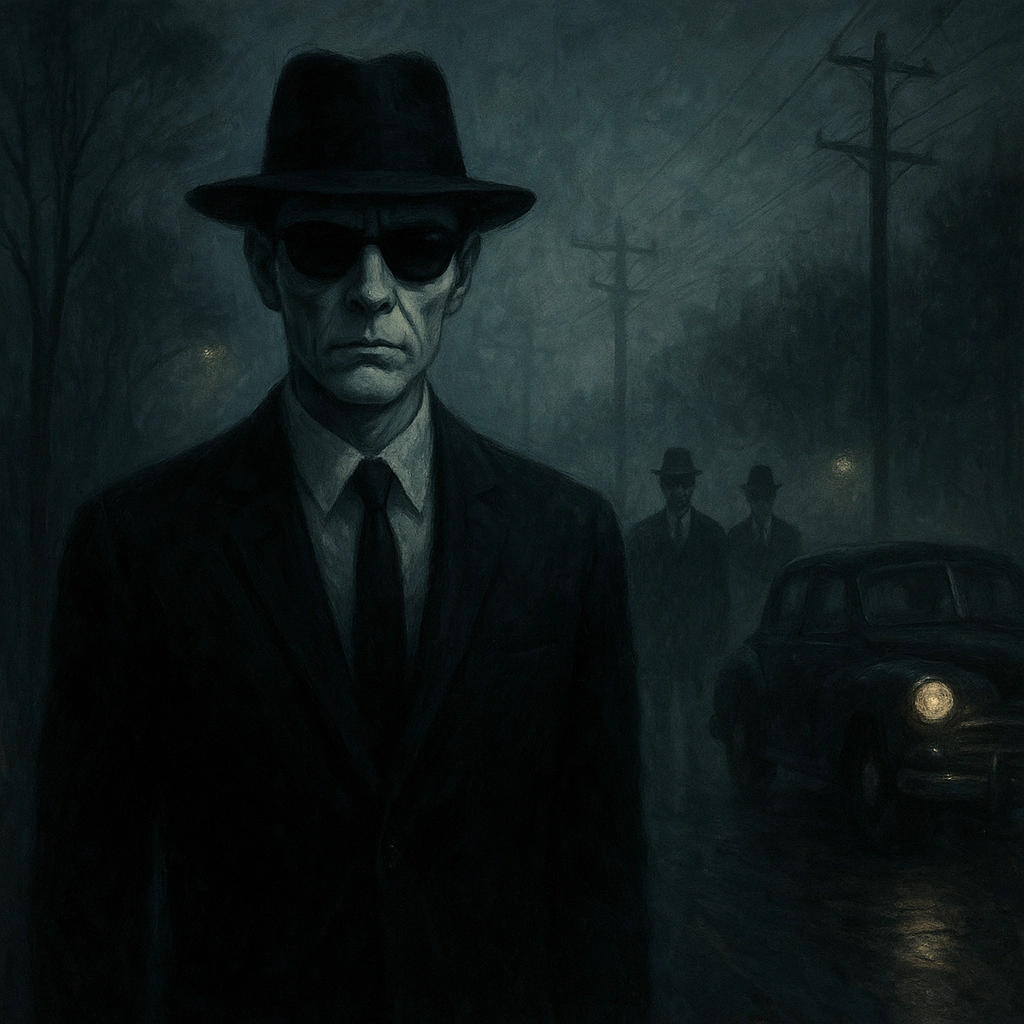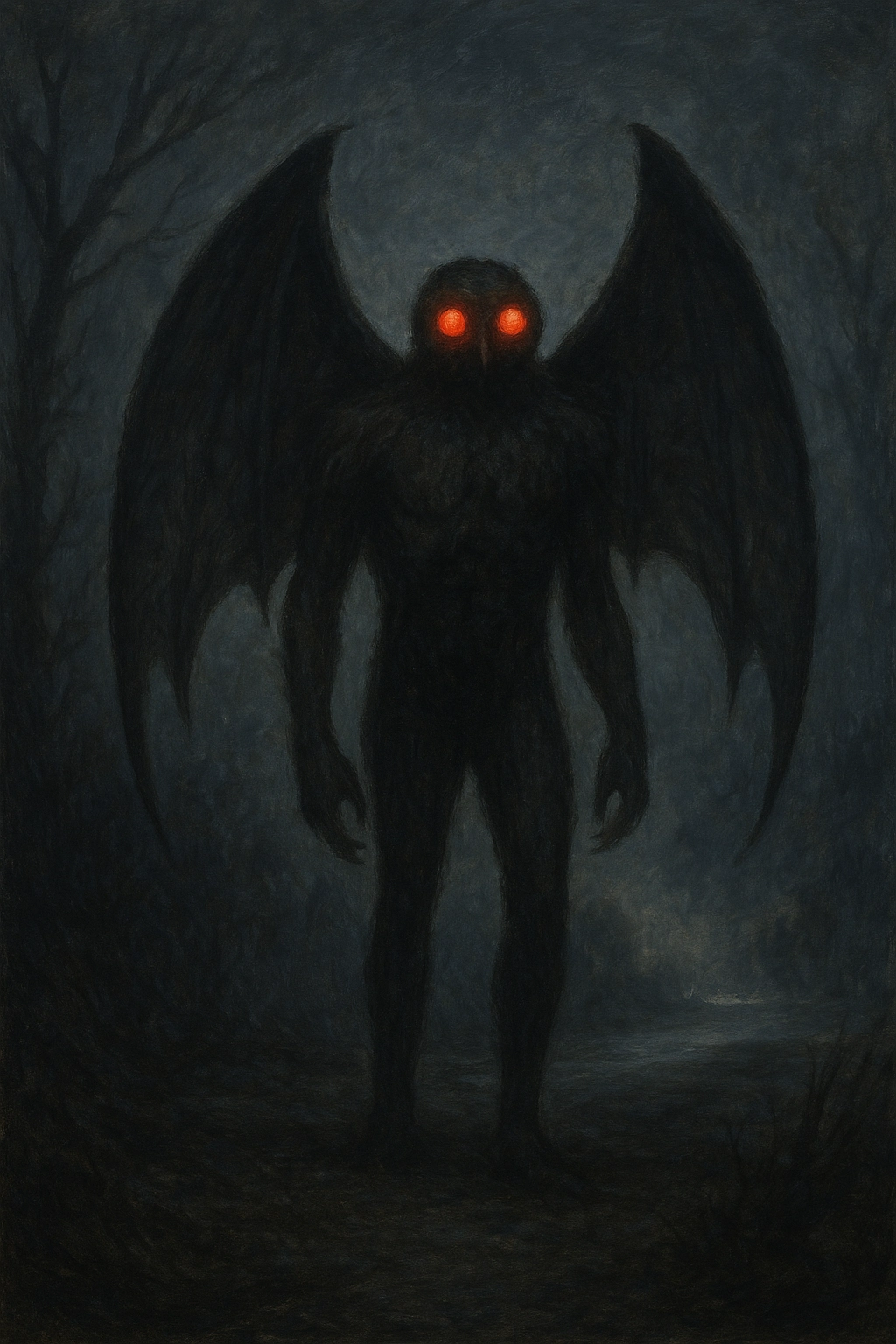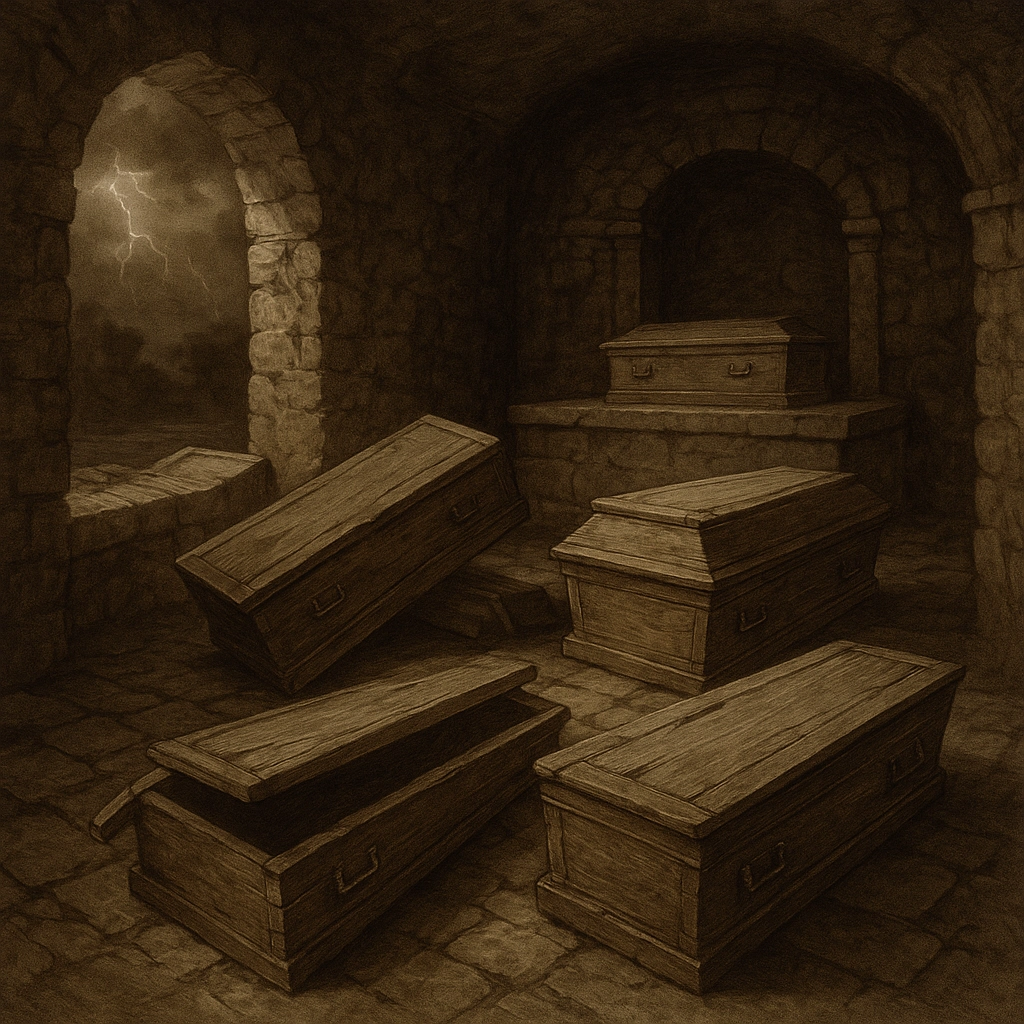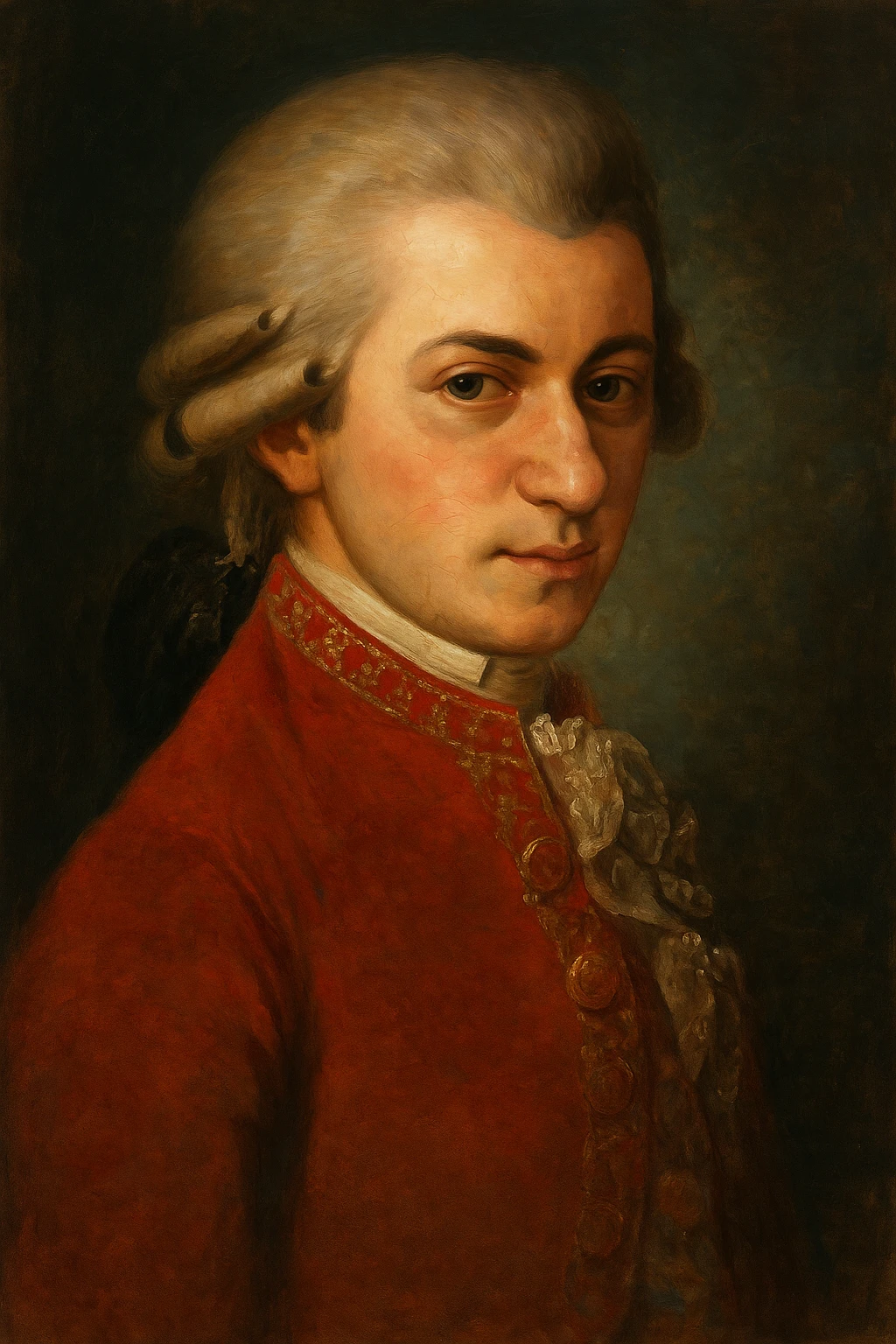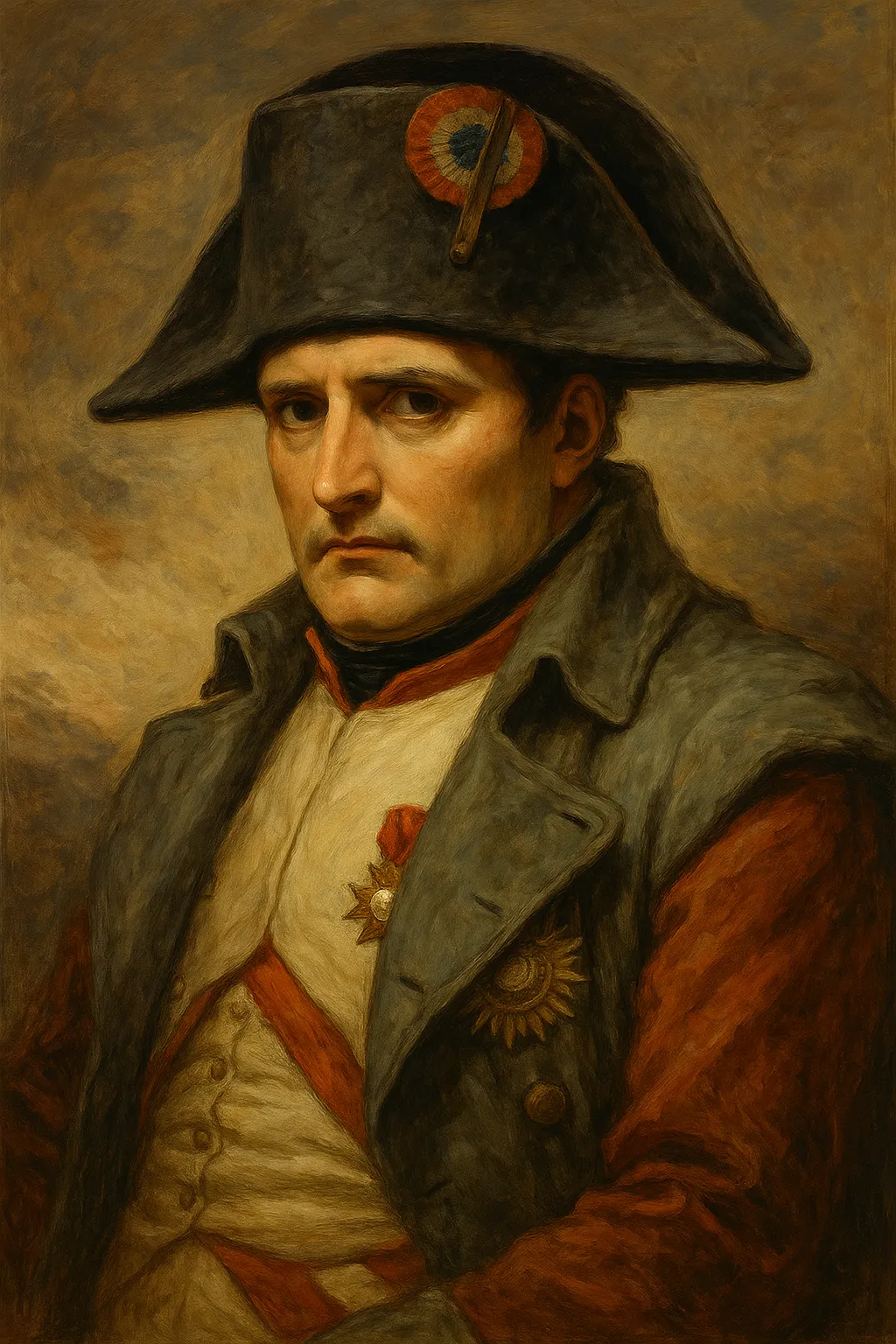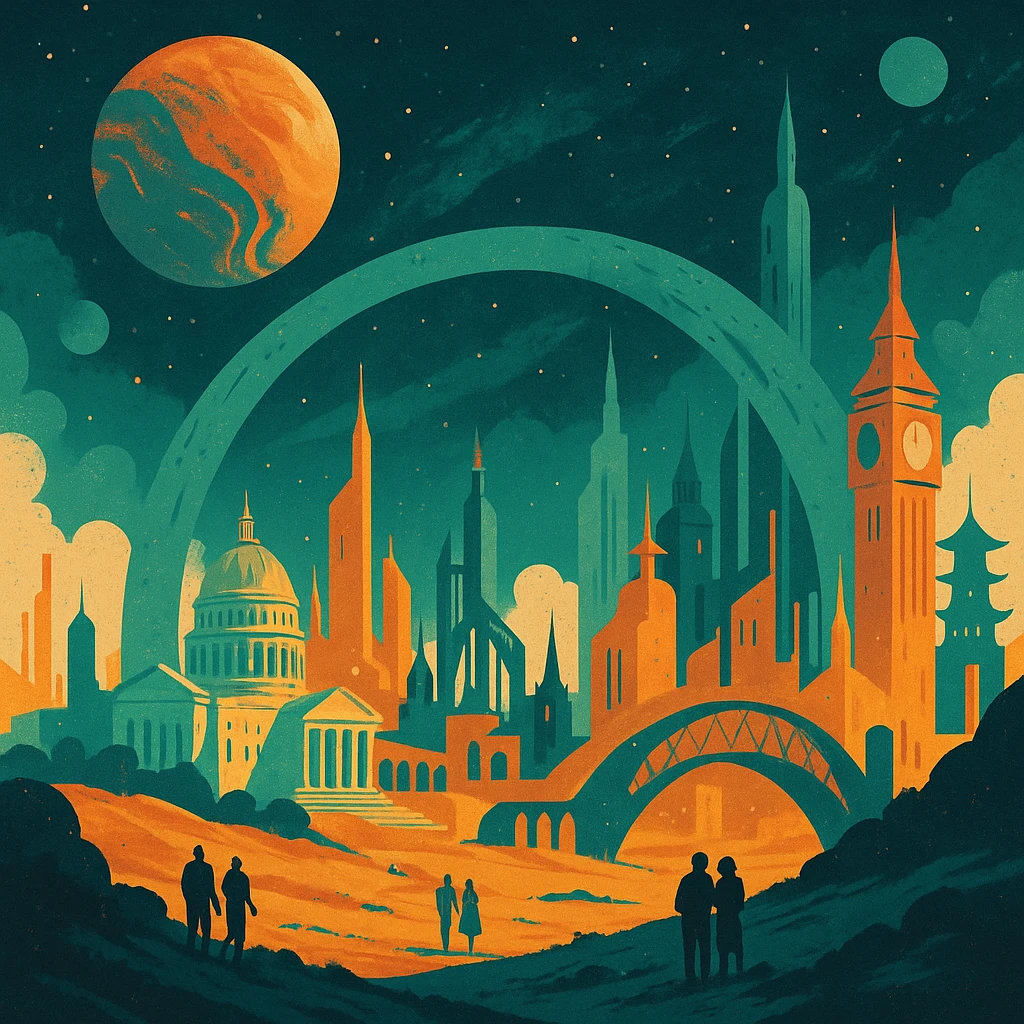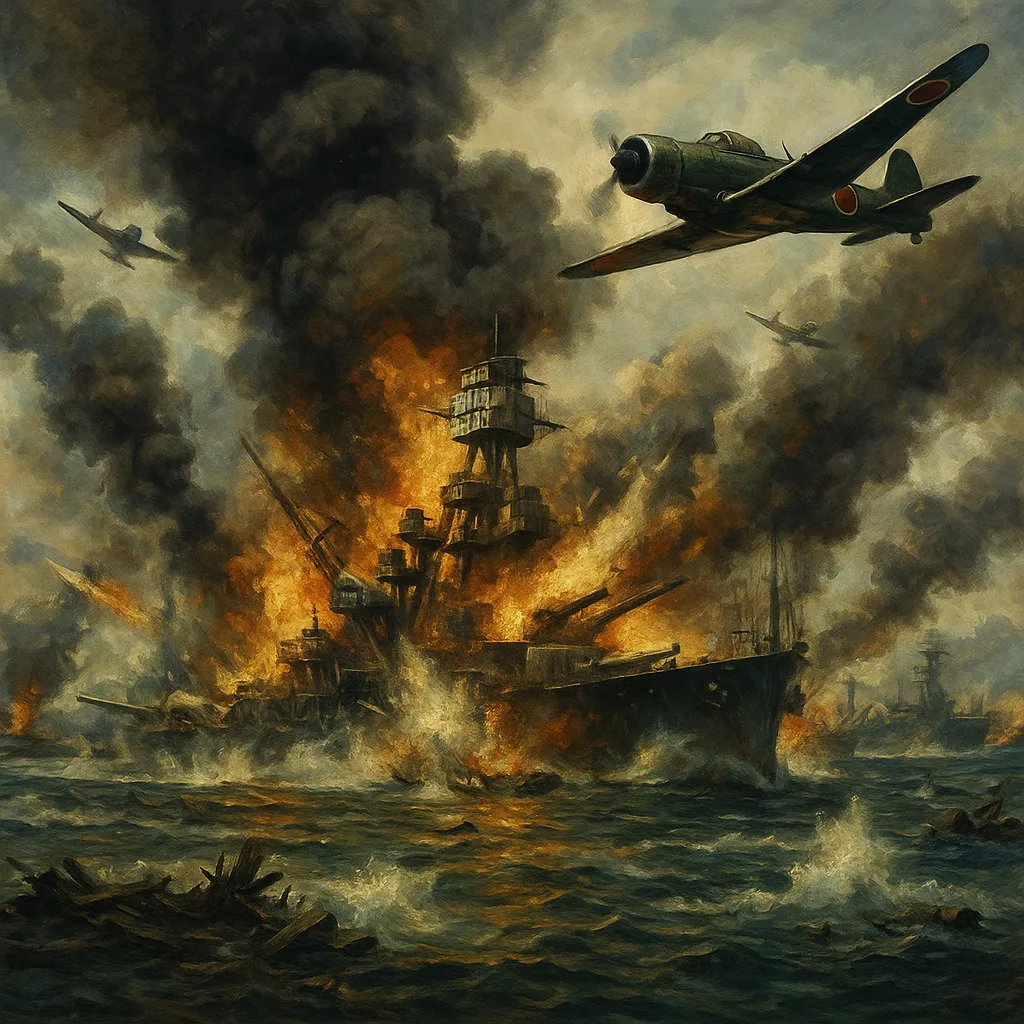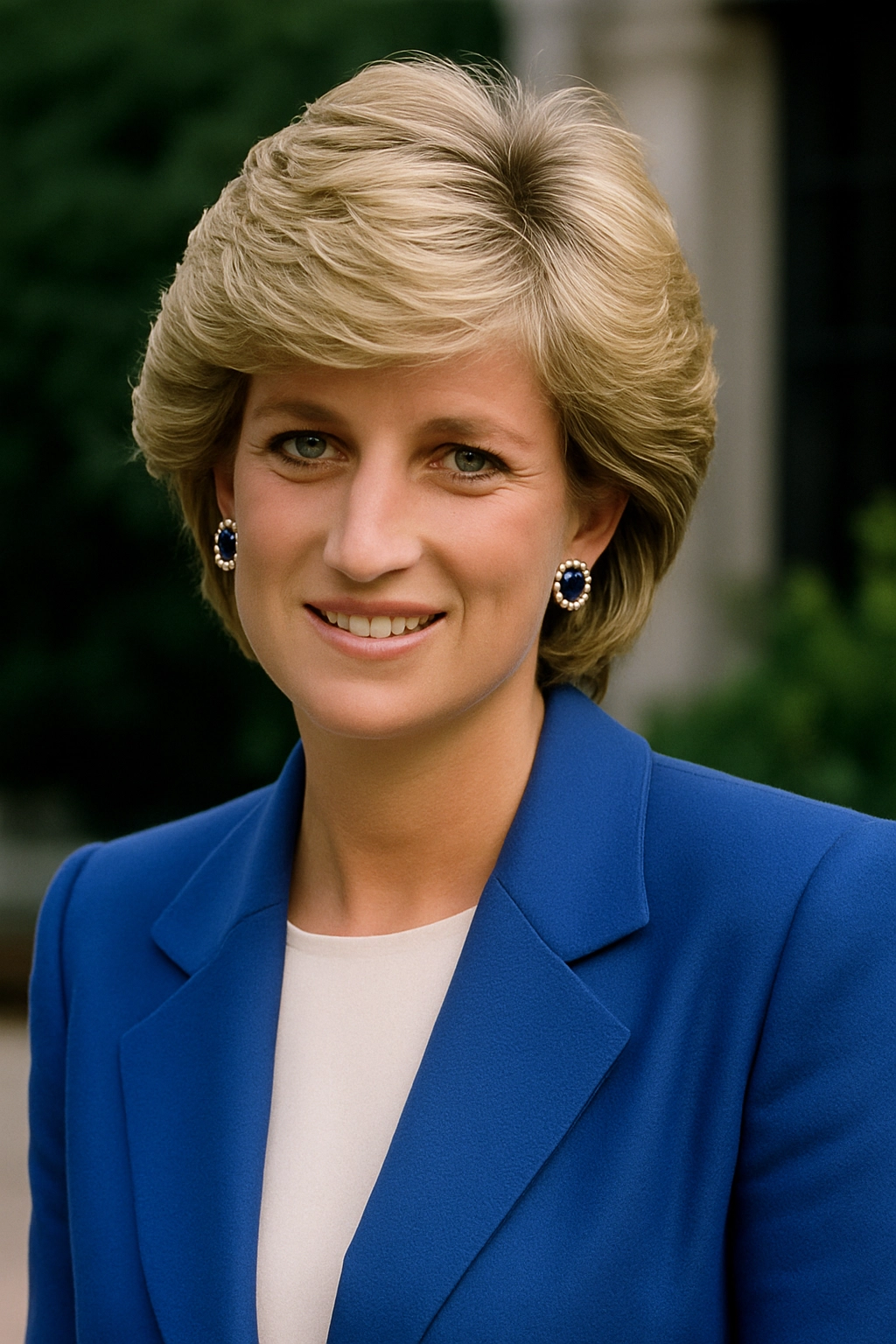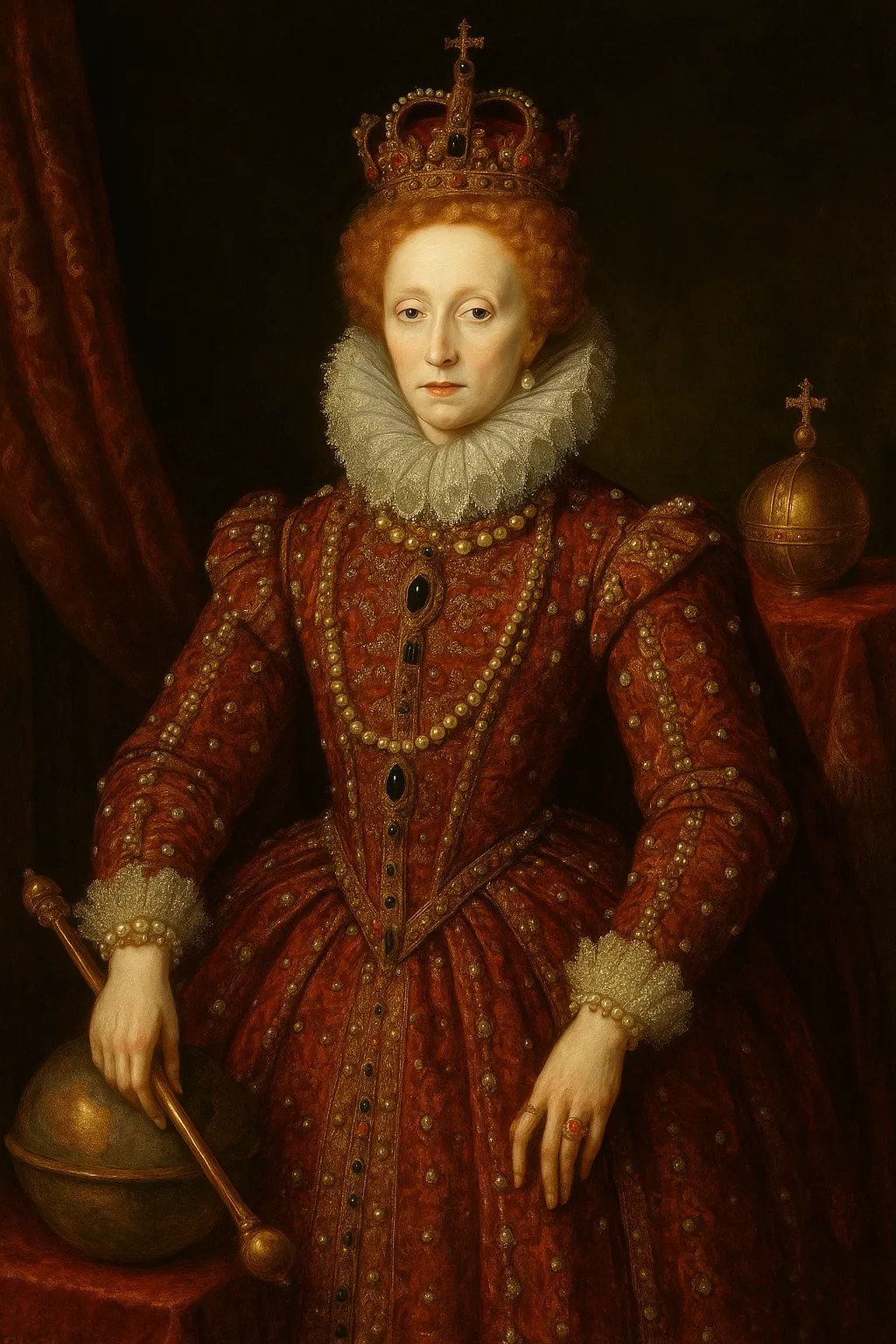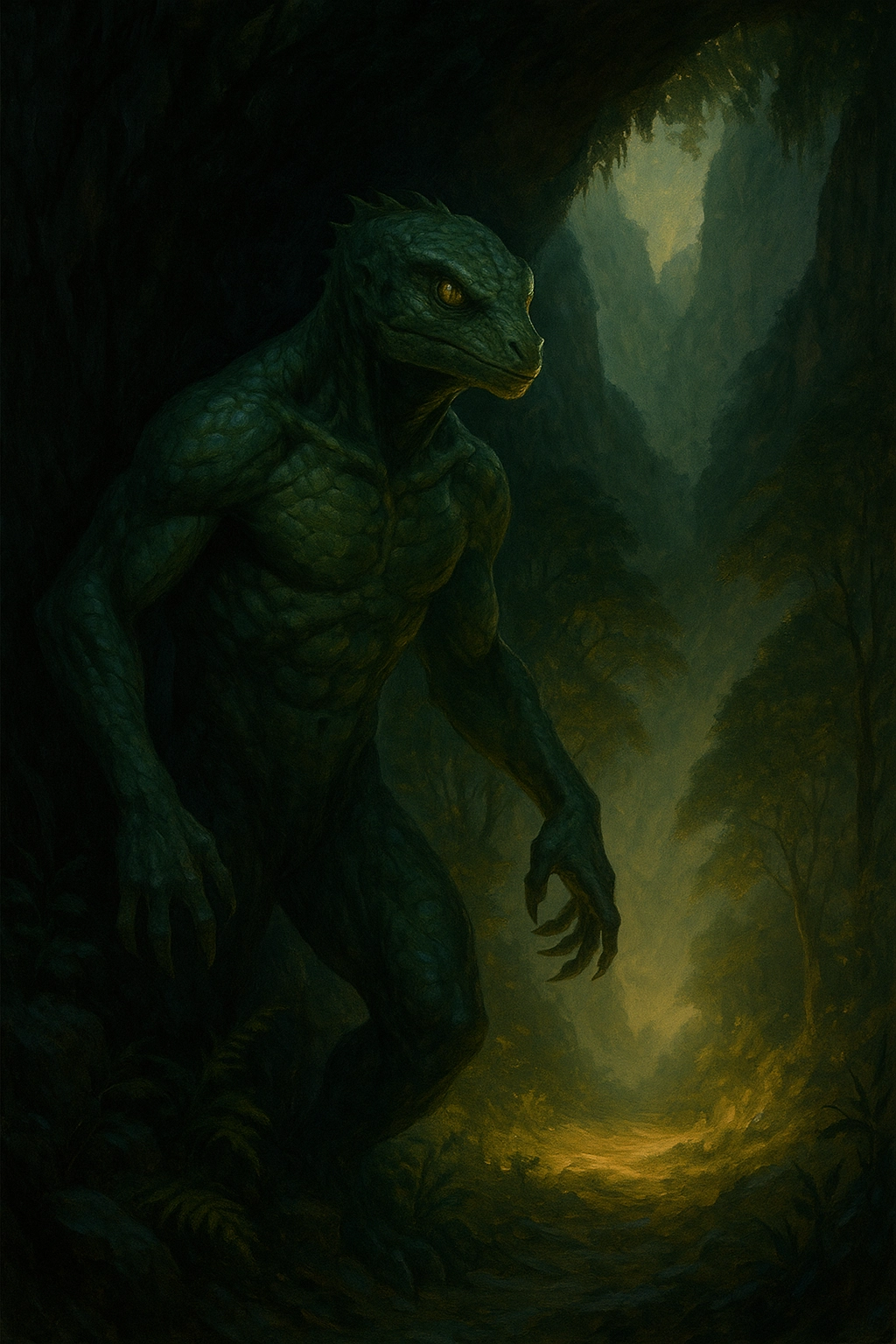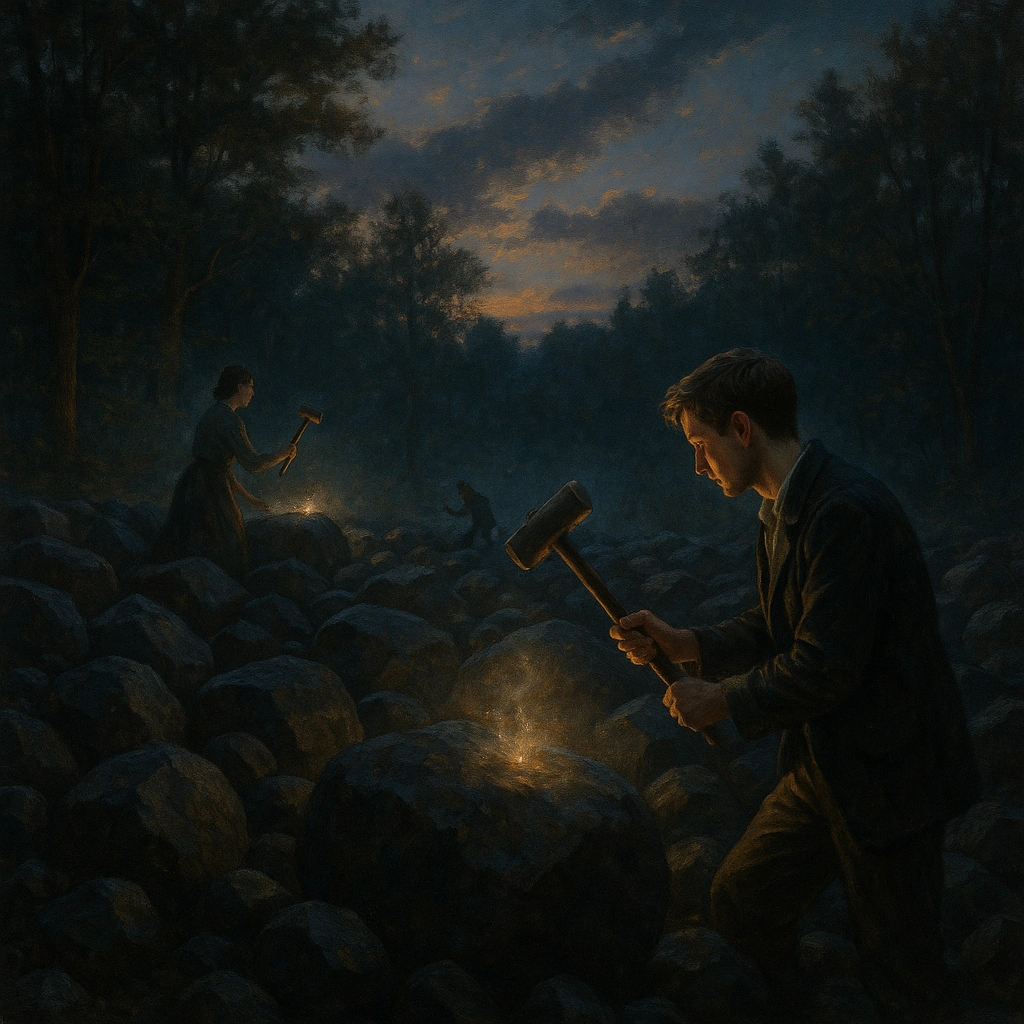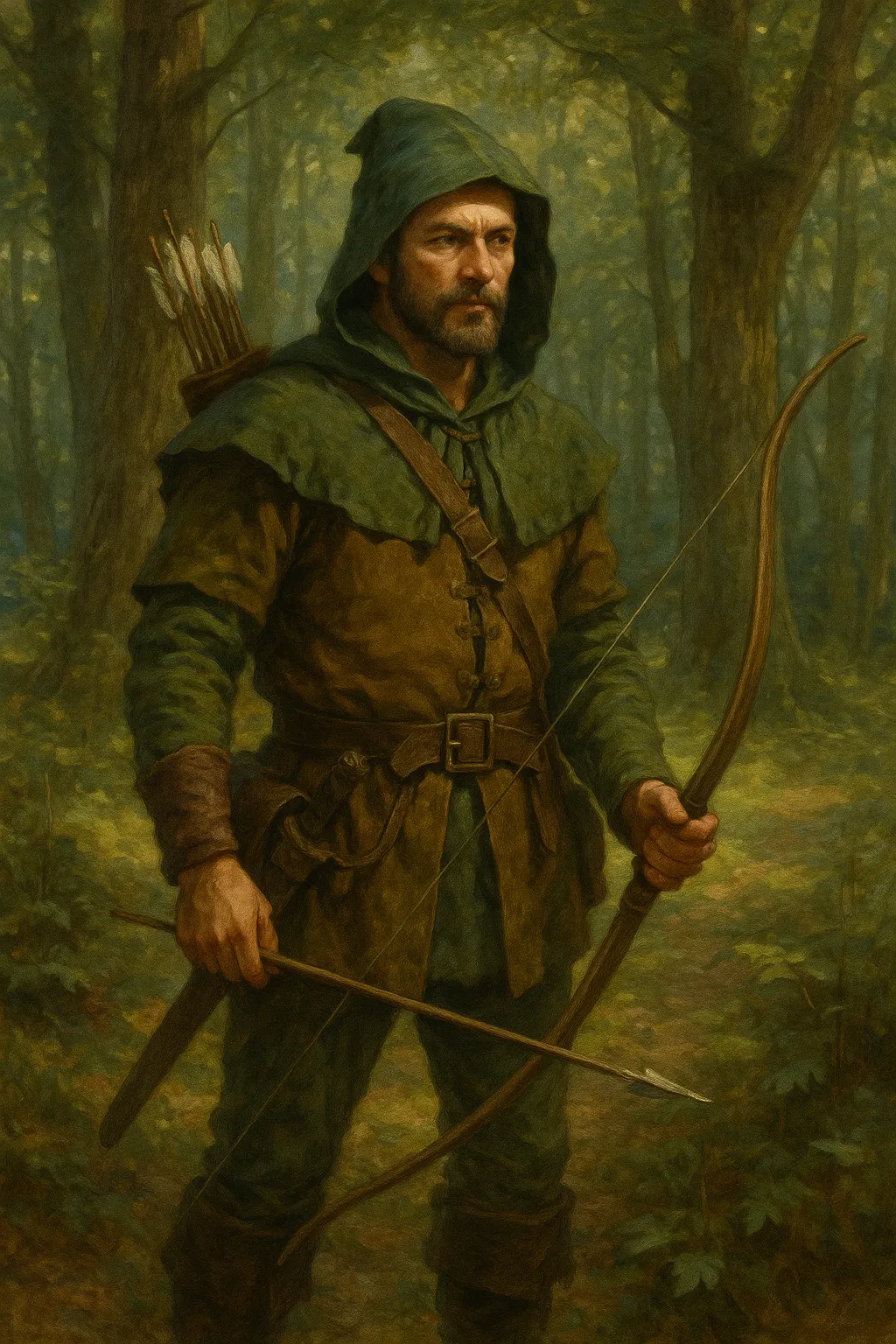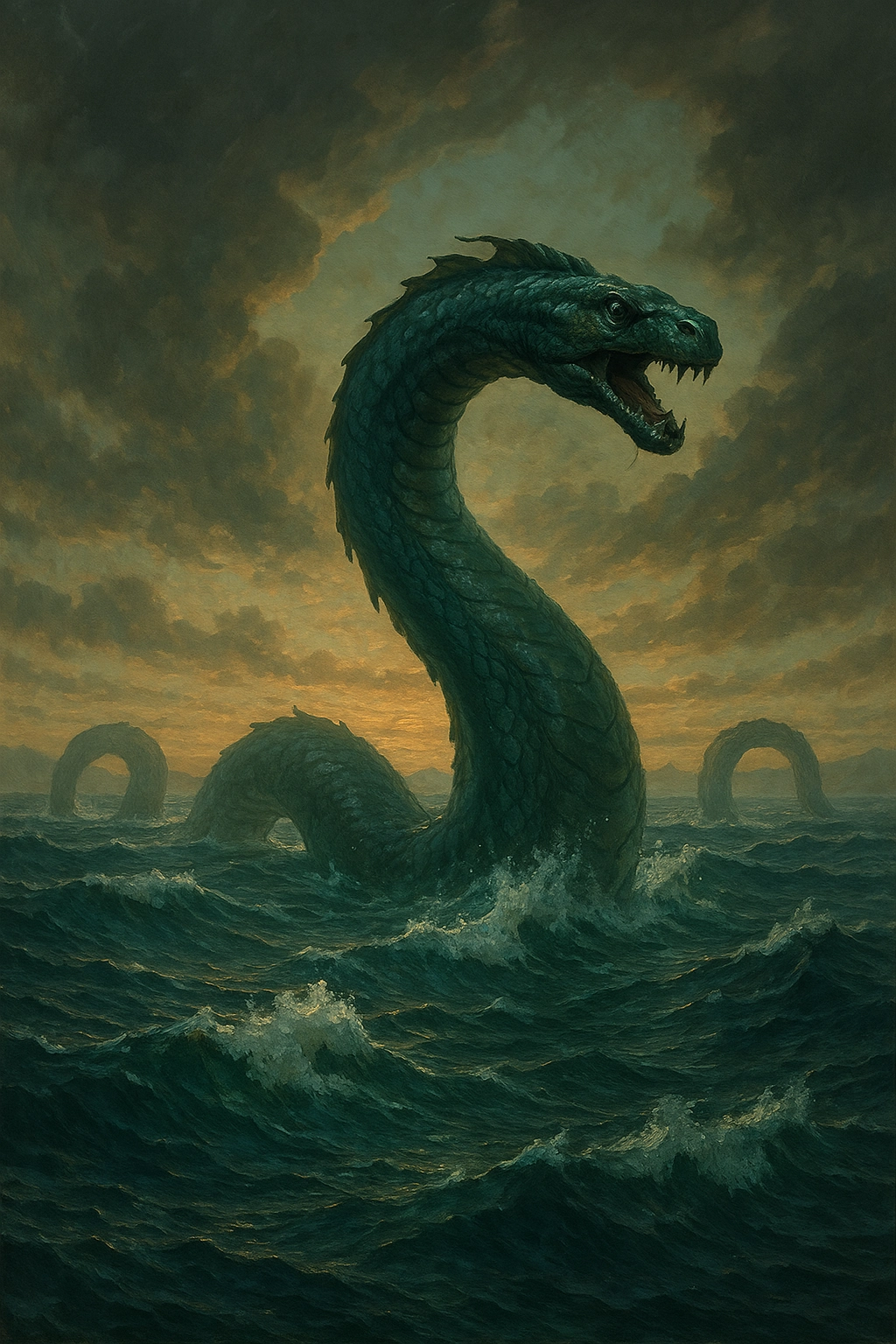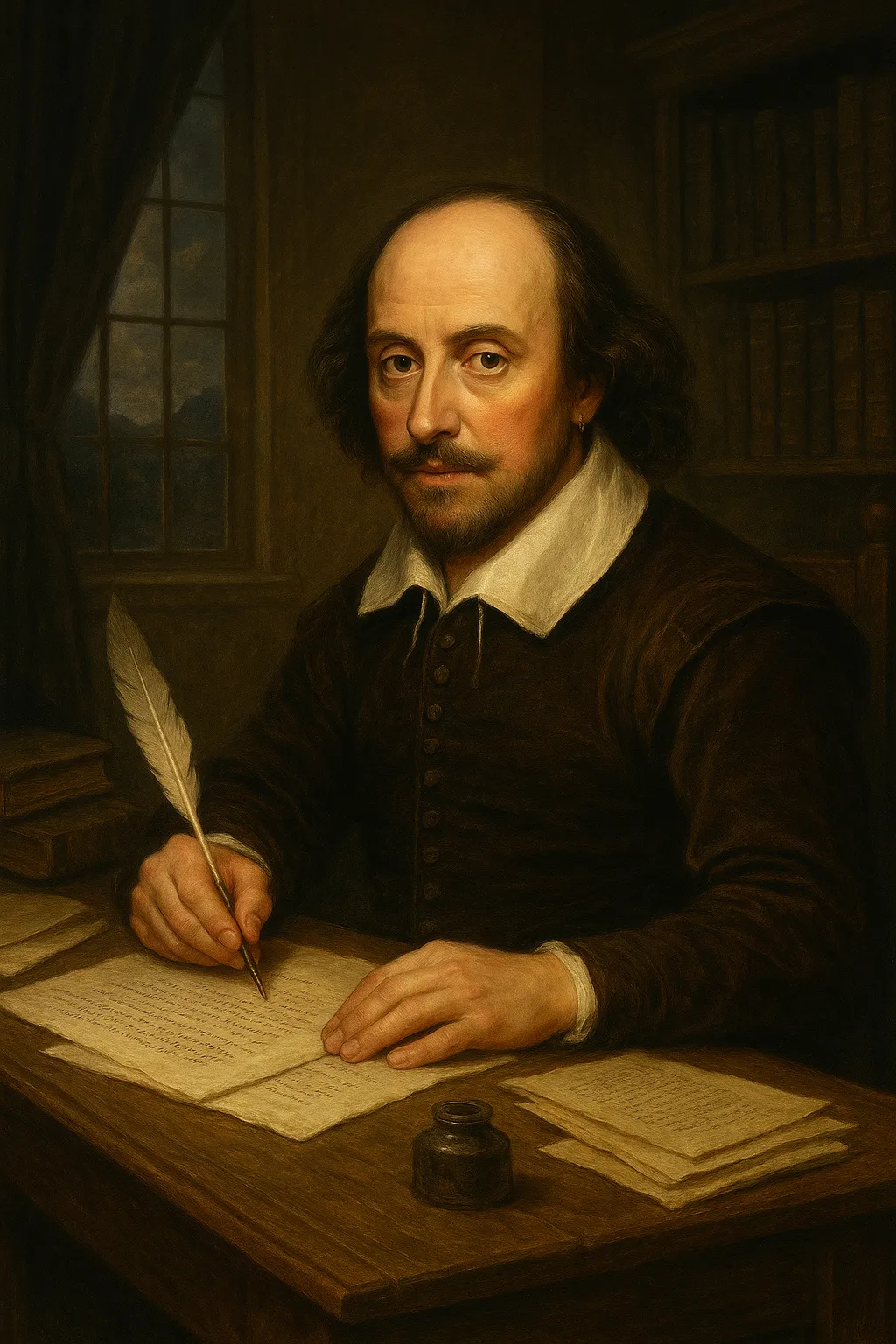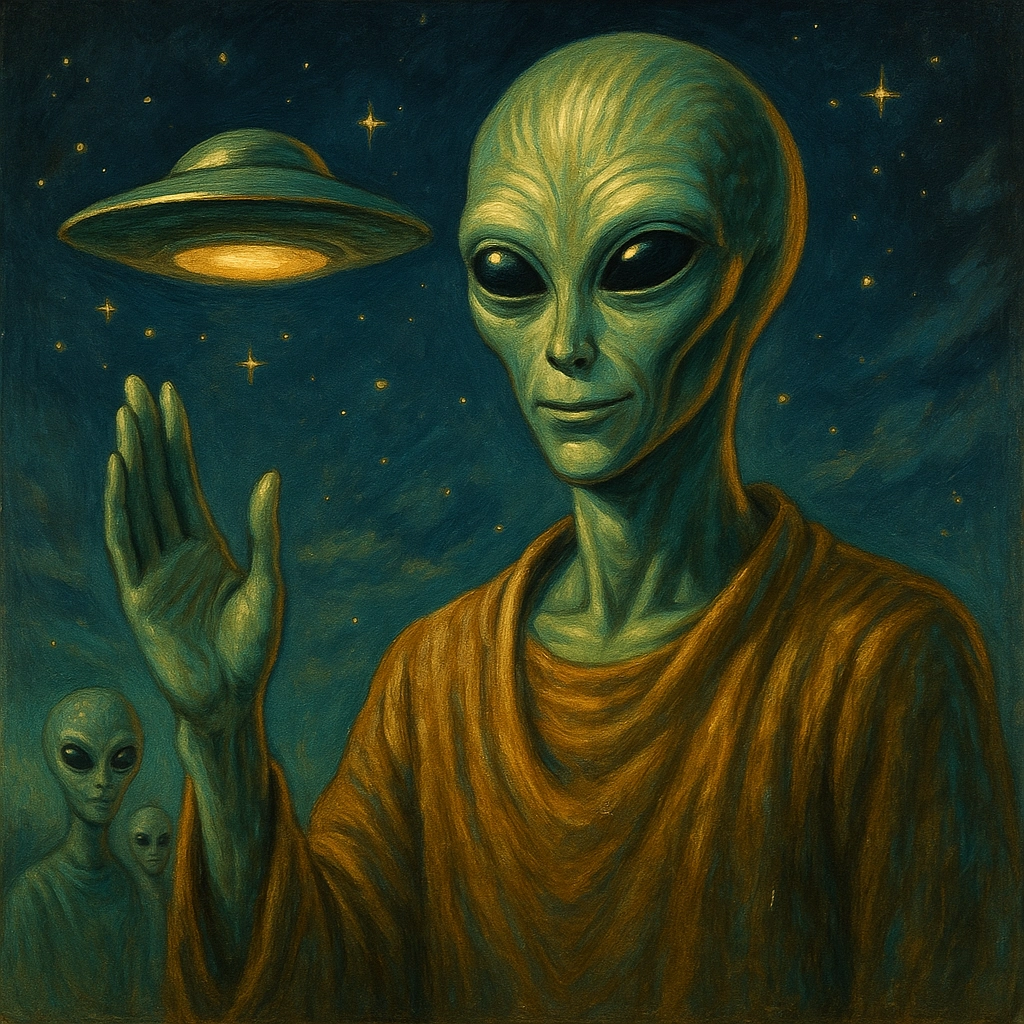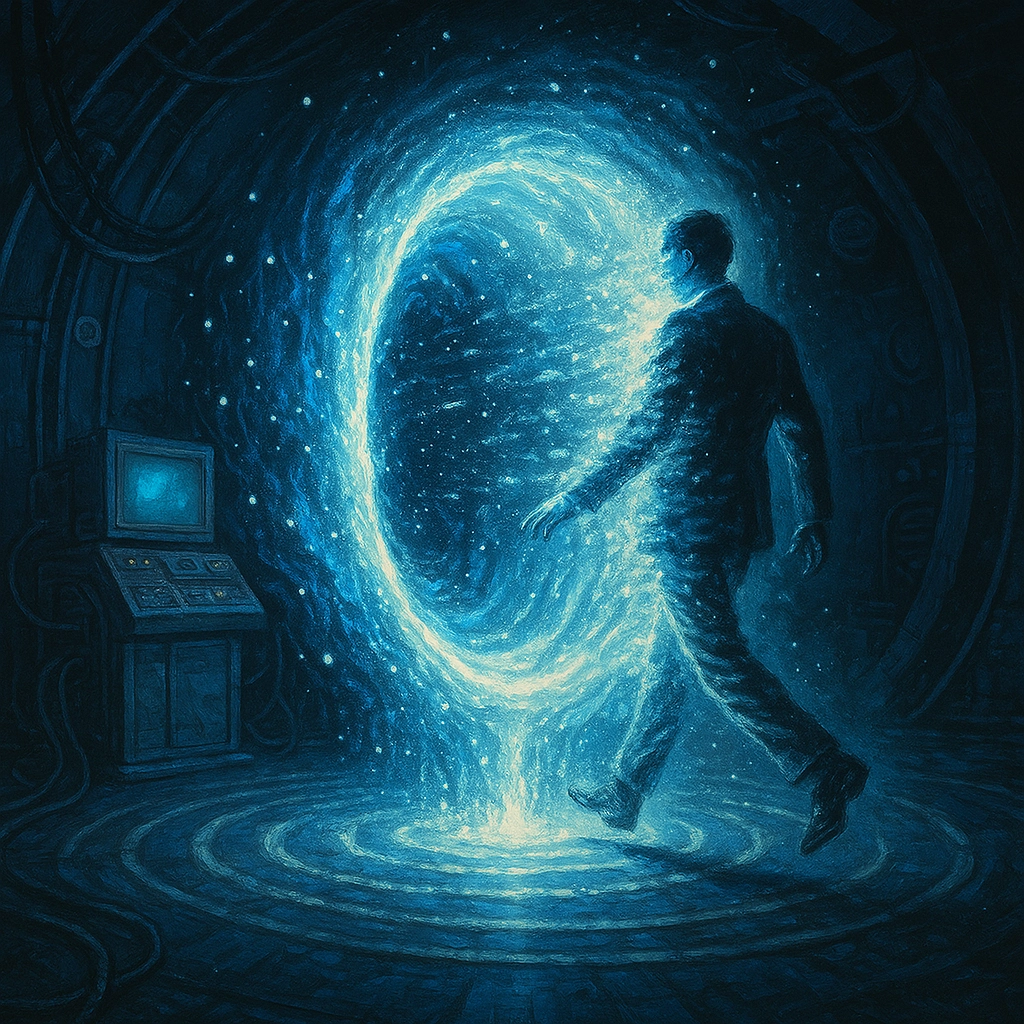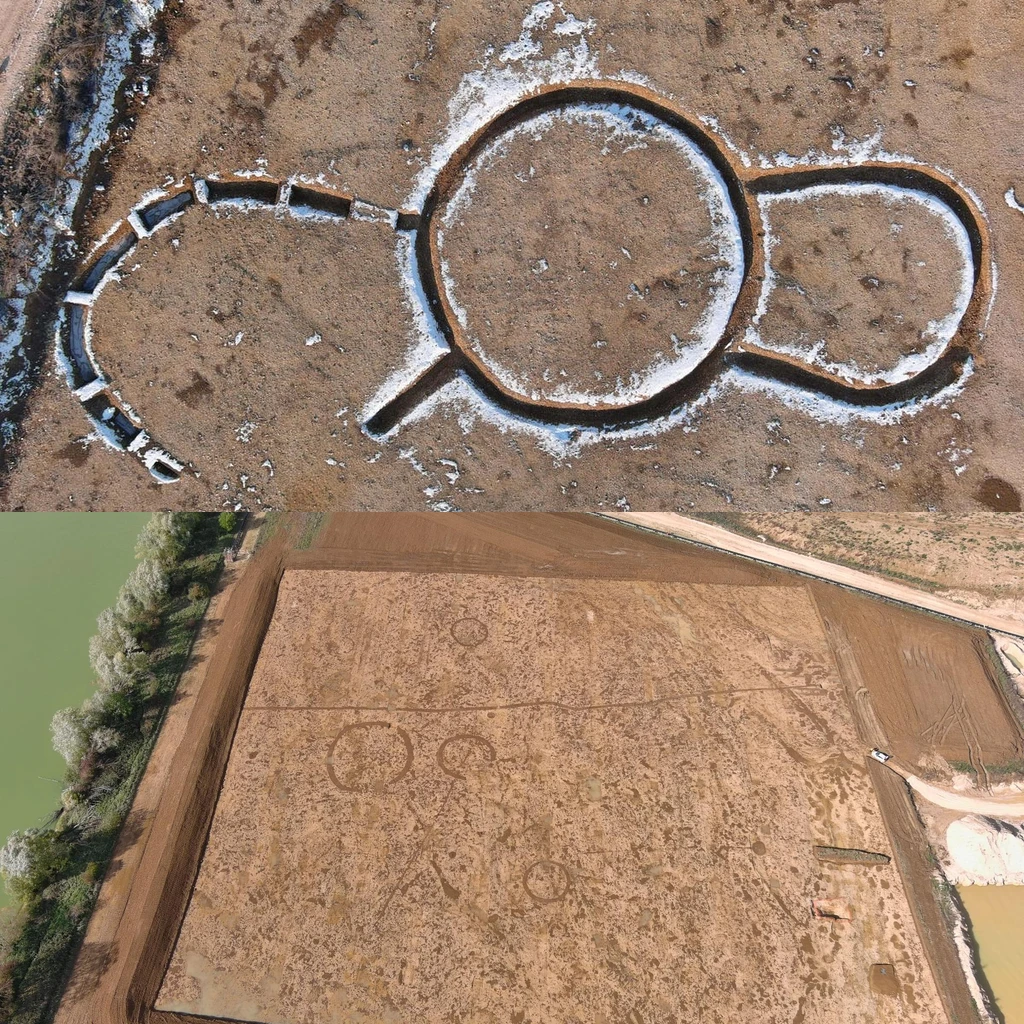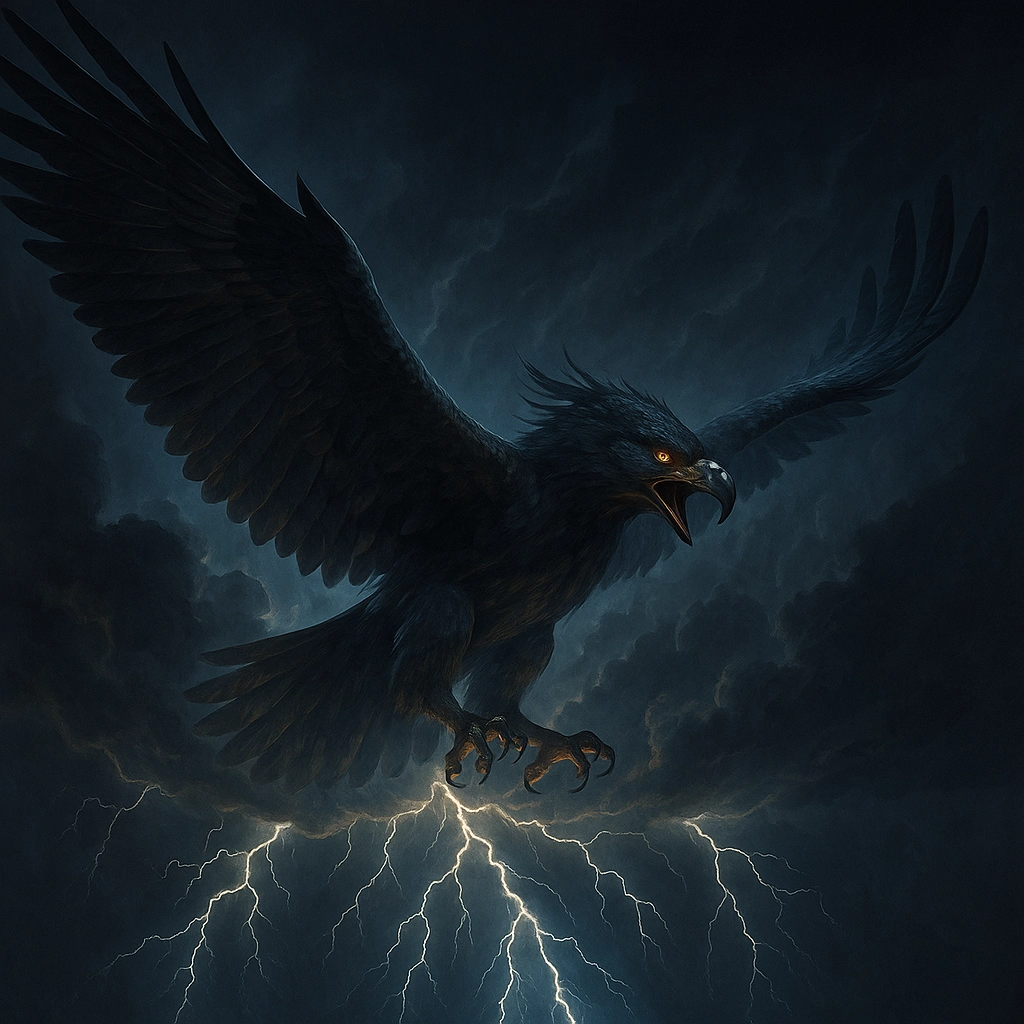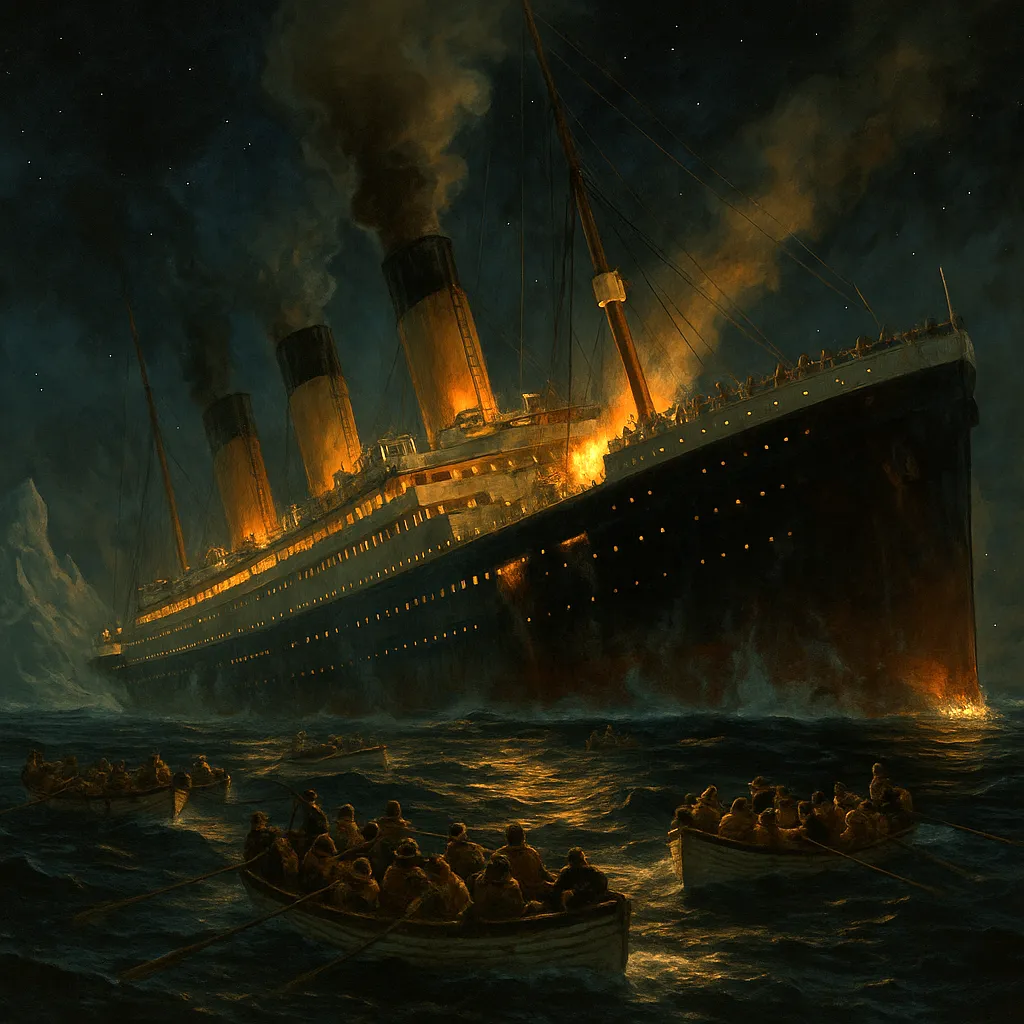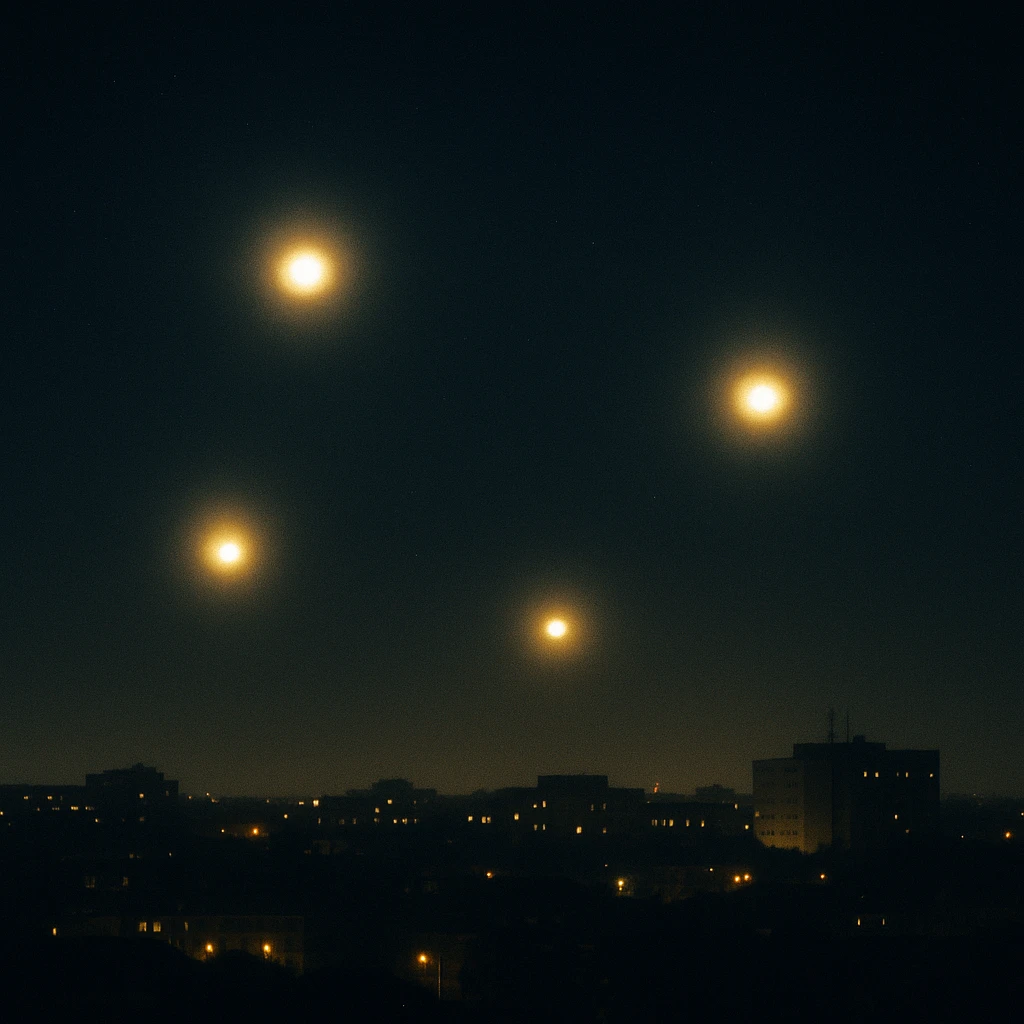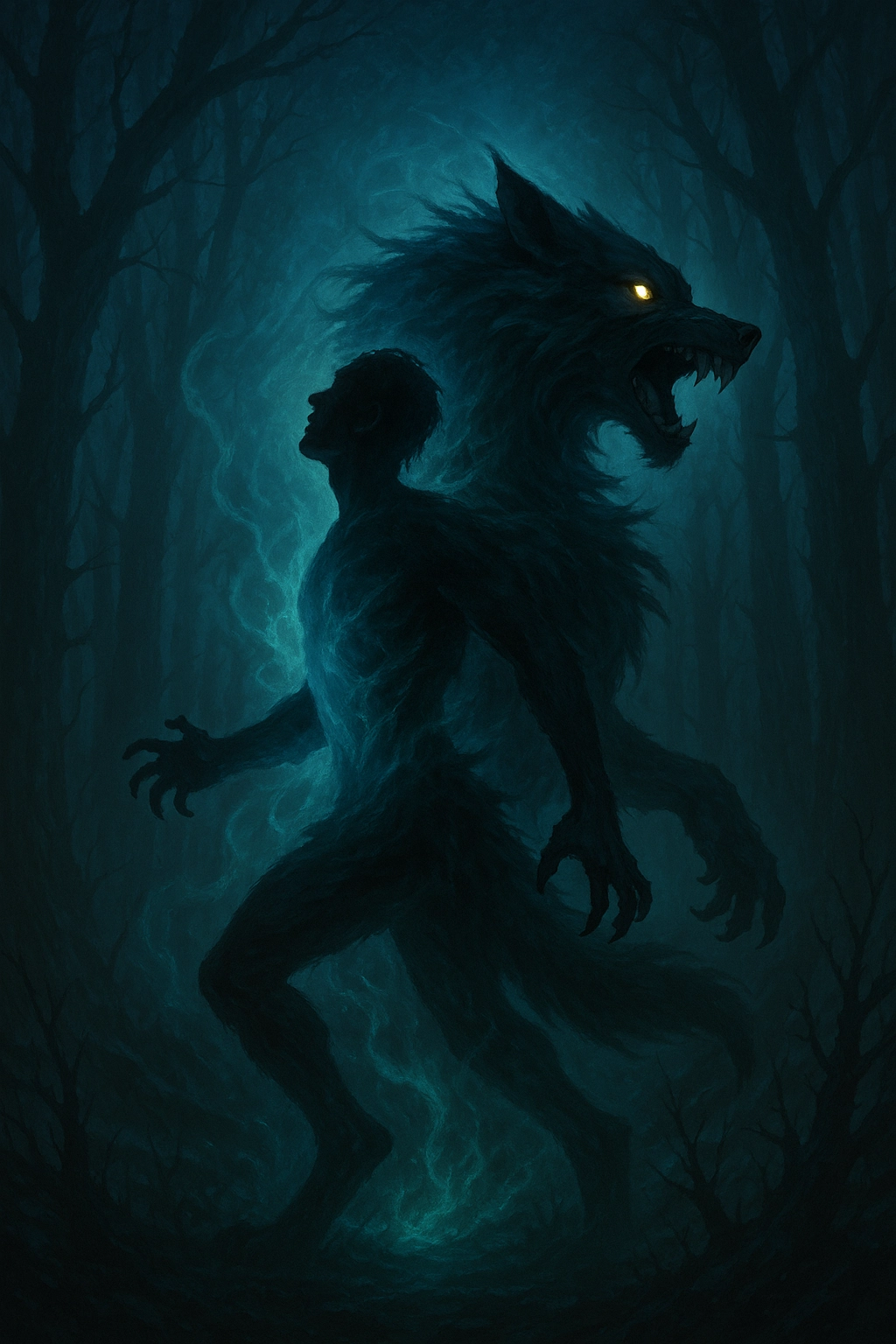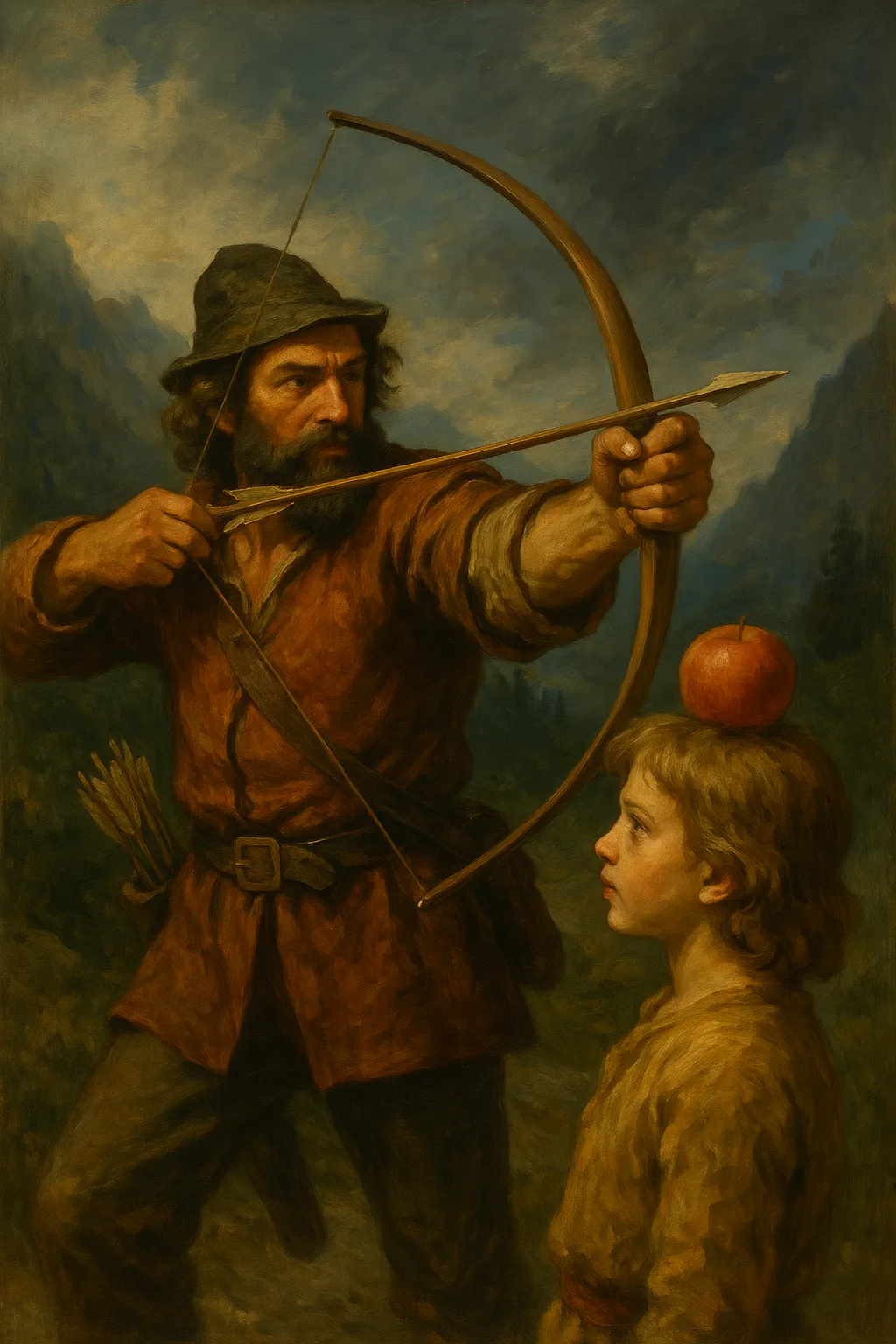Nostradamus
Prophet or Clever Poet?
His cryptic quatrains have echoed through centuries - were they true visions or masterful riddles?
The Man Behind the Myth
Michel de Nostredame, known to the world as Nostradamus, began his life as a French physician during a time of plague, war, and religious upheaval. Educated in astrology and classical literature, he turned to the occult as his reputation grew. In 1555, he published *Les Propheties*, a book of 942 four-line verses that would immortalize him.
Written in a mix of French, Latin, Greek, and coded symbolism, his writings were deliberately obscure-whether to avoid persecution or enhance mystique is still debated.
Dark Verses with Endless Meaning
The language of Nostradamus invites speculation. Each quatrain, packed with metaphor and arcane references, seems to echo events across centuries. Followers claim he predicted the rise of Napoleon, Hitler, the Great Fire of London, and even the September 11 attacks. One verse is said to describe "two steel birds crashing into towers."
Yet critics point out that these interpretations are always made *after* events occur. His lack of clear names, dates, or context allows for almost any reading, making his verses a Rorschach test for the anxious mind.
Famous Predictions and Interpretations
Over the centuries, Nostradamus has been credited with predicting dozens of major world events. Though his language is often vague and metaphorical, many believe these verses point to the following:
- The Great Fire of London (1666): "The blood of the just will be demanded of London... the ancient Lady will fall..."
- The Rise of Napoleon: Some verses refer to a figure from "the greater part of Europe" who "will be born of simple parents" and cause widespread war.
- The Rise of Hitler: A passage references a man named "Hister," widely interpreted as a distortion of Hitler (though it may refer to the Latin name for the Danube River).
- World War II: Several verses speak of "two brothers" and "iron birds," leading some to link them with aerial warfare and Axis powers.
- 9/11 Attacks: Interpreters point to lines about "the sky burning at forty-five degrees" and "two steel birds" crashing into towers - though this is one of the most controversial claims.
- The French Revolution: Mentions of people rising against their rulers and streets running with blood have been retrofitted to the upheaval in 18th-century France.
- The Death of Henry II: A famously accurate quatrain appears to describe a jousting accident in which a "young lion" pierces the eye of an "older lion" in a golden cage - eerily matching the king's fatal injury.
- COVID-19 Pandemic: A 1551 verse about "plague upon the sea and land" has been linked by modern readers to the global pandemic, although the connection is speculative.
Supporters say these examples show real prophetic insight. Skeptics argue they are cases of selective interpretation and hindsight bias.
Was He Warning the Future?
Some scholars argue that Nostradamus tapped into a subconscious archetype - a collective fear or pattern recognition that resonates through time. Others insist he was simply reflecting the chaos and superstition of his own era. Still, the eerie timing of many prophecies leads others to suspect genuine insight or even esoteric knowledge passed down in secret traditions.
It's also speculated that he used ancient astrological cycles to project future global trends - not specific events, but rhythms of turmoil and transformation.
Modern Resurgence and Cultural Grip
His quatrains continue to resurface in headlines during global crises. New generations discover his writings every time the world teeters on the edge of disaster. From YouTube theorists to bestselling books, Nostradamus lives on not just as a historical figure, but as a symbol of humankind's need to make sense of uncertainty.
Whether a true prophet or simply a poet with a gift for ambiguity, his verses remain part of a centuries-long fascination with the end of the world.


